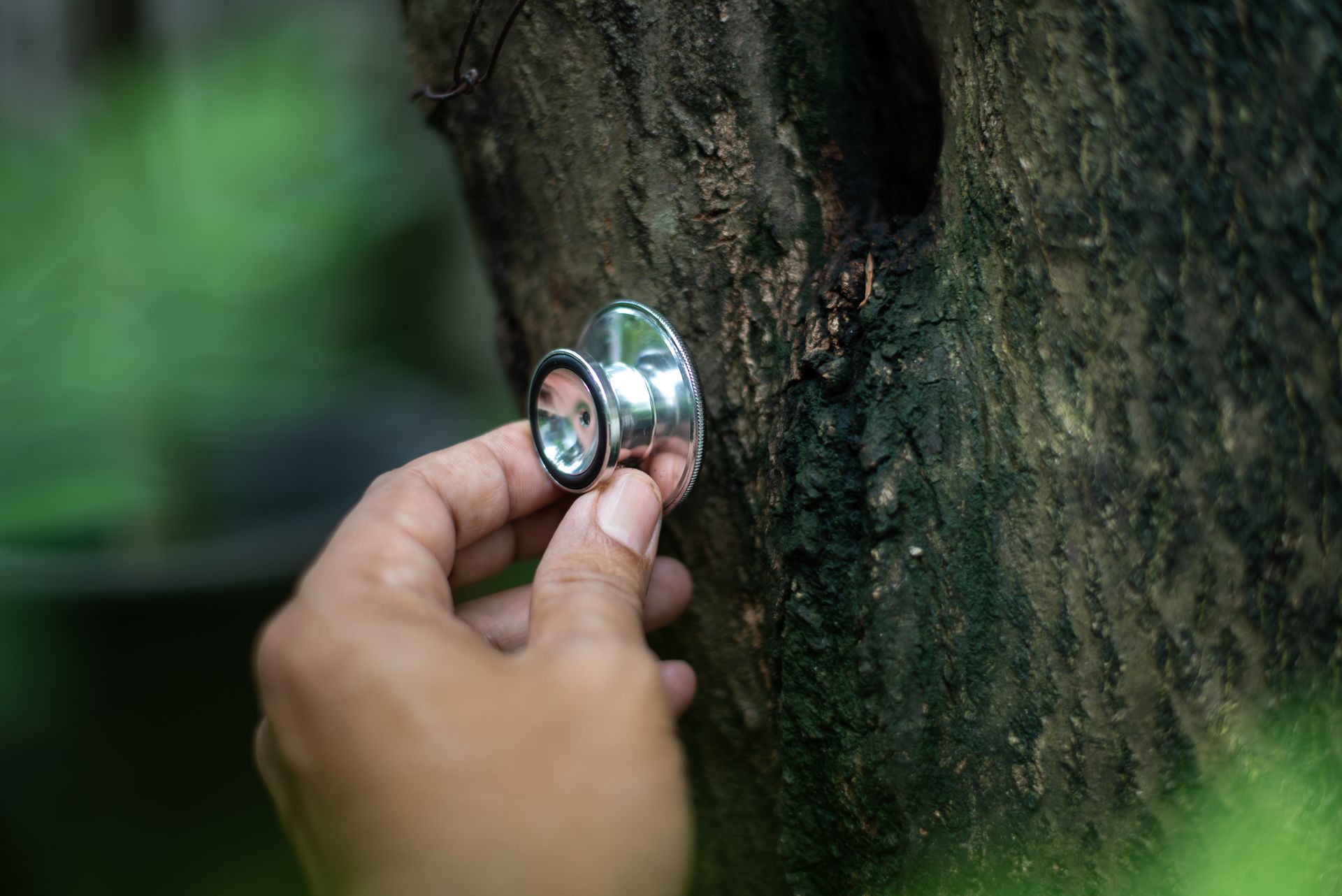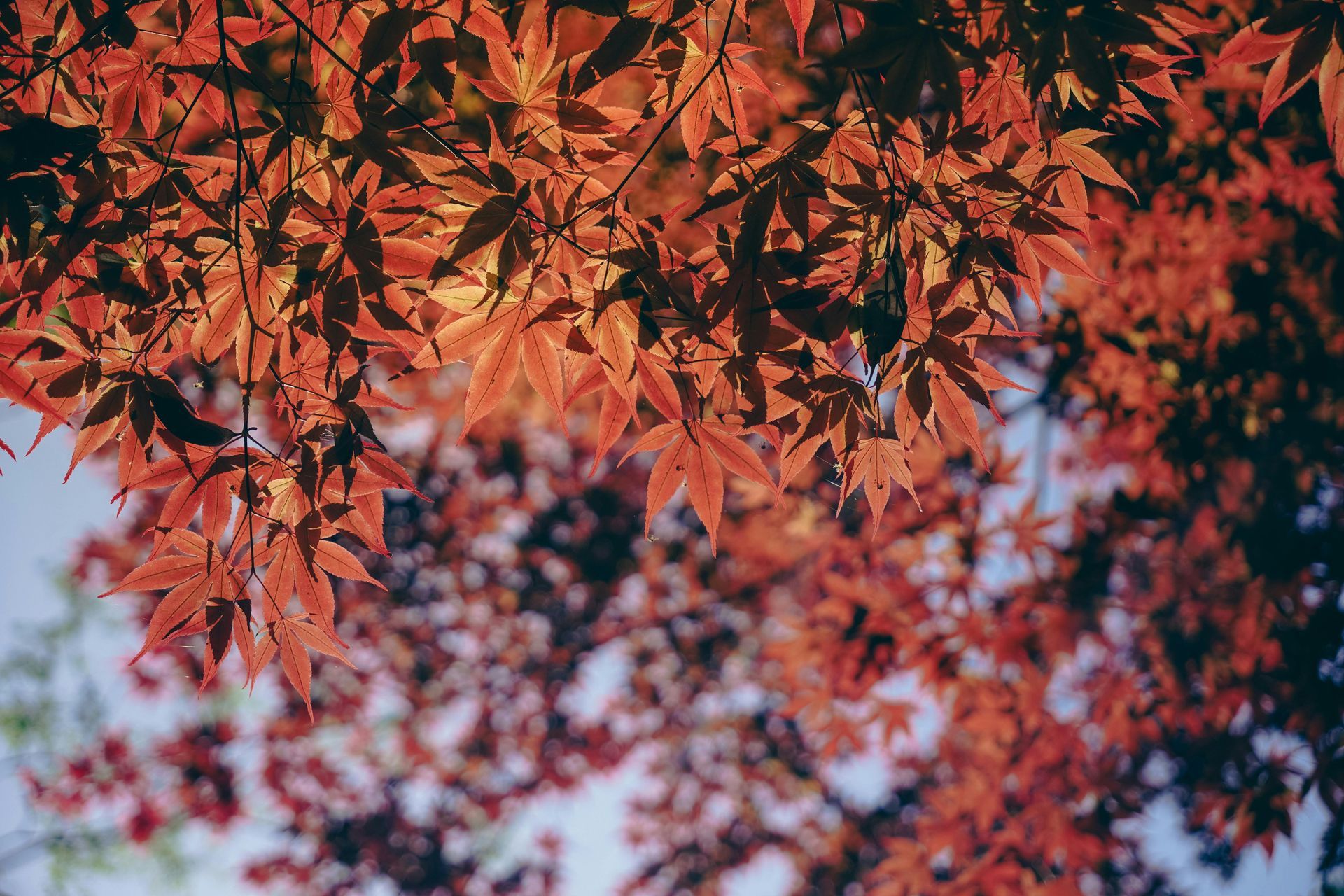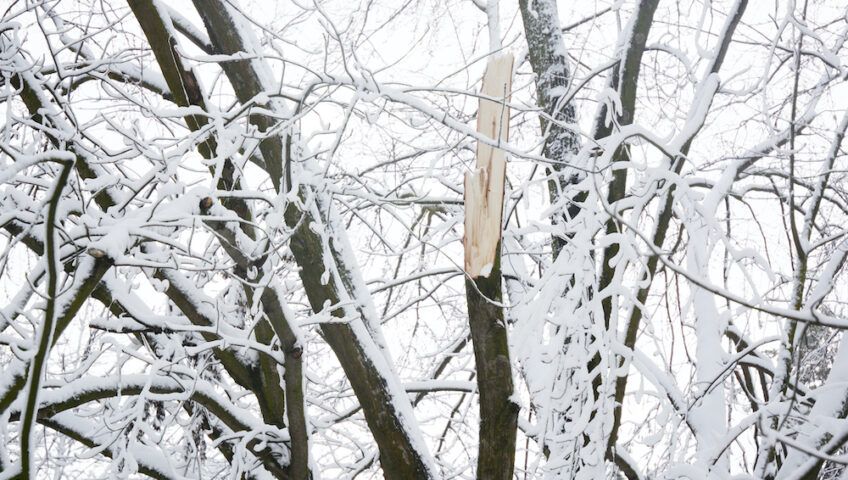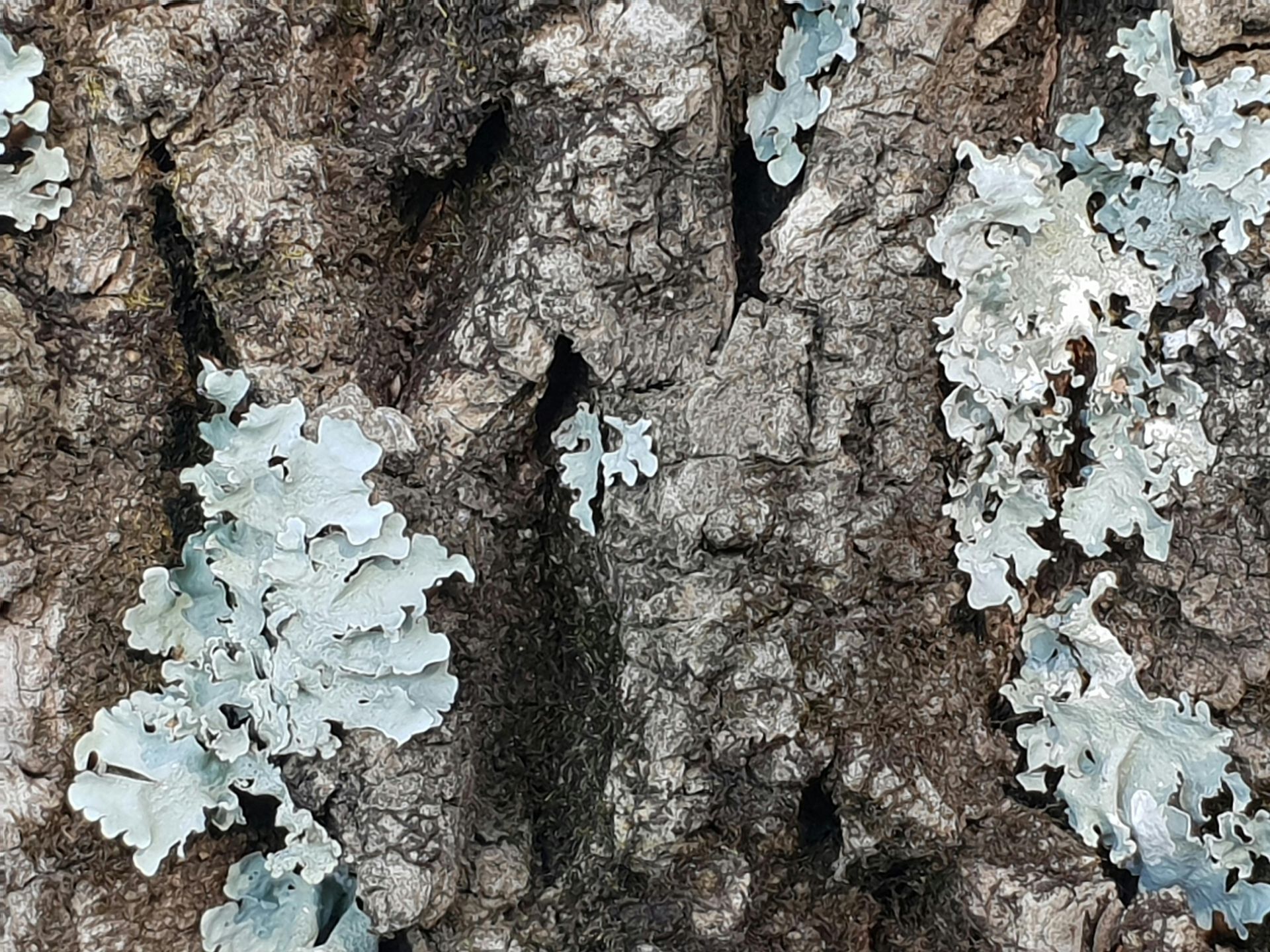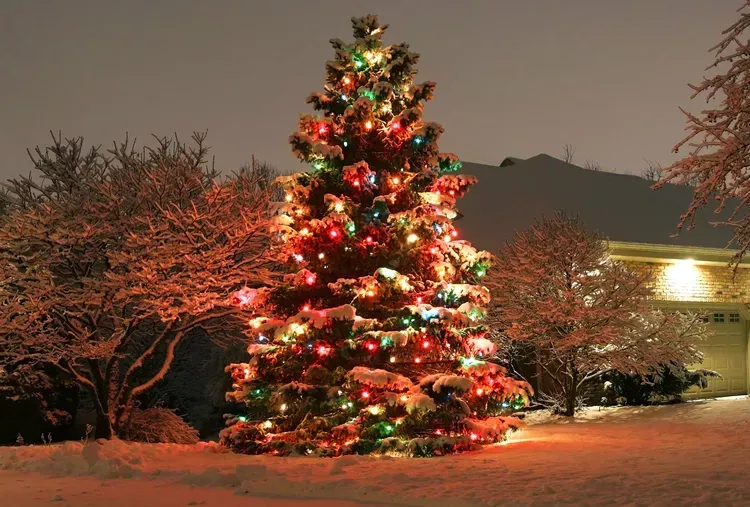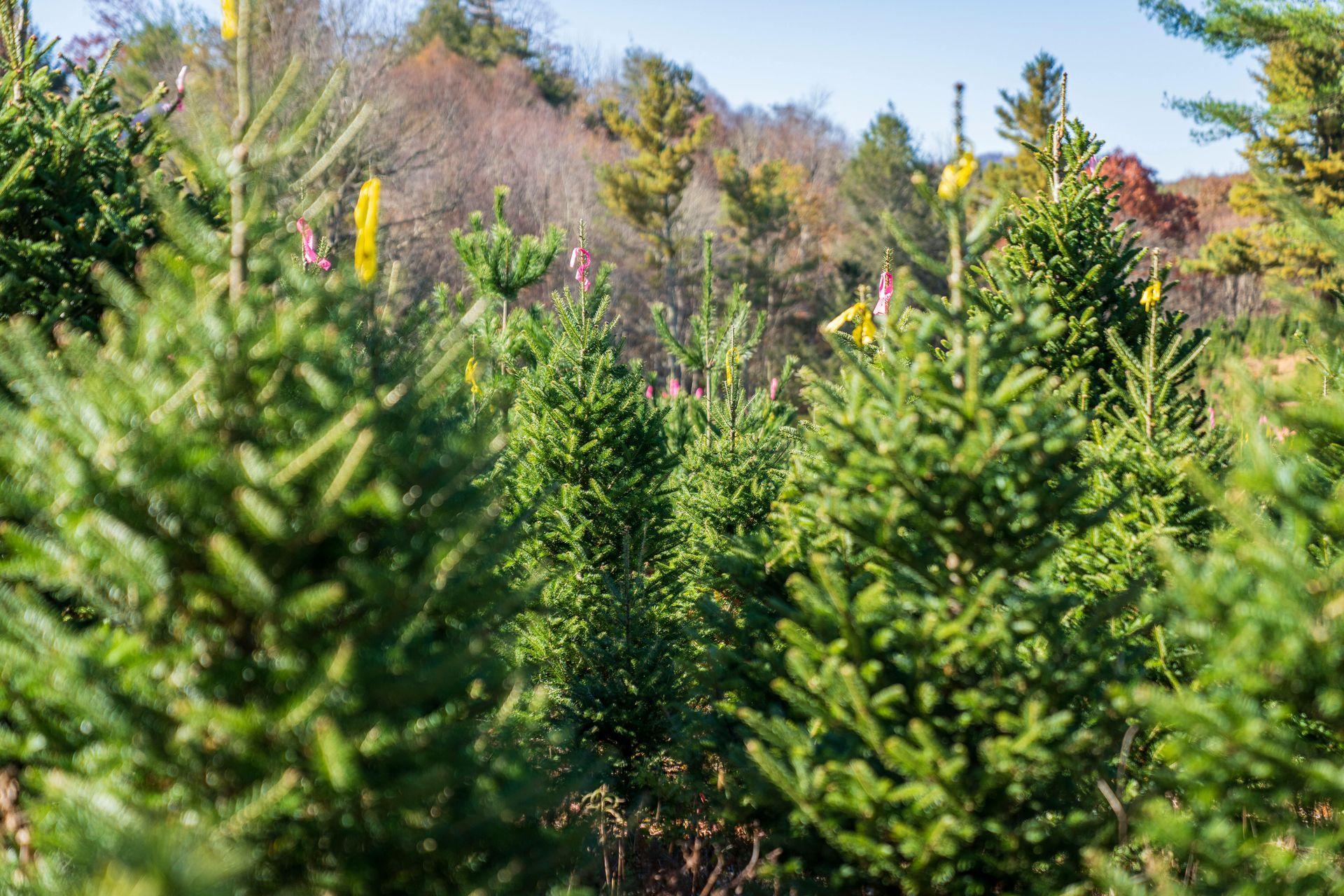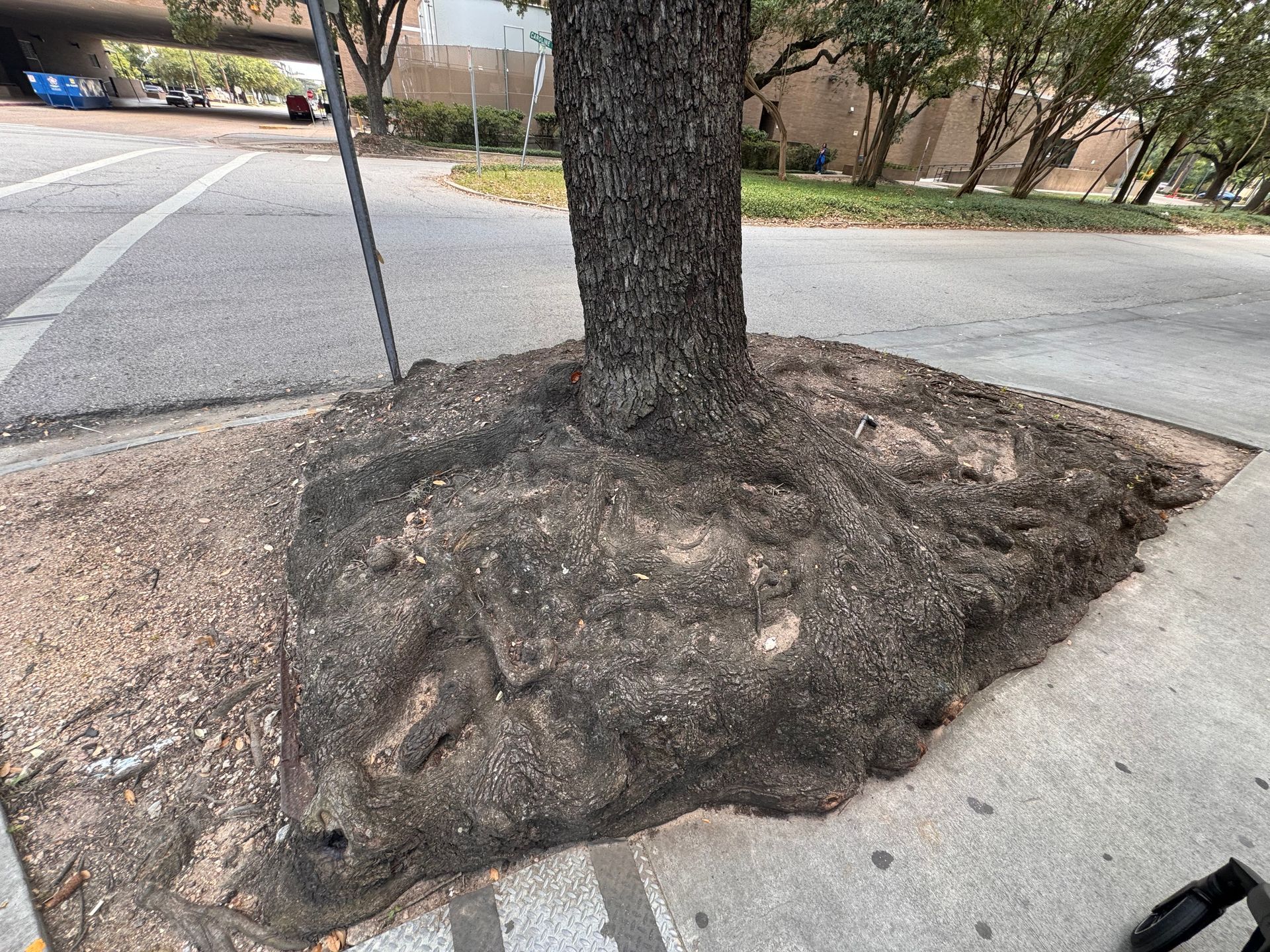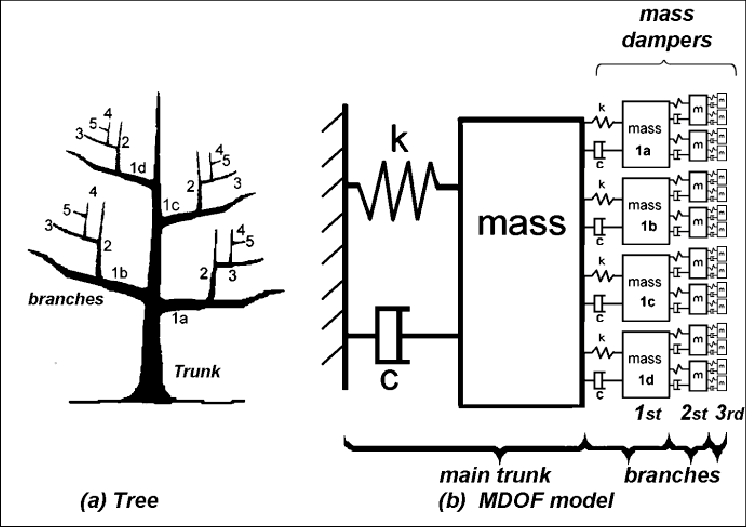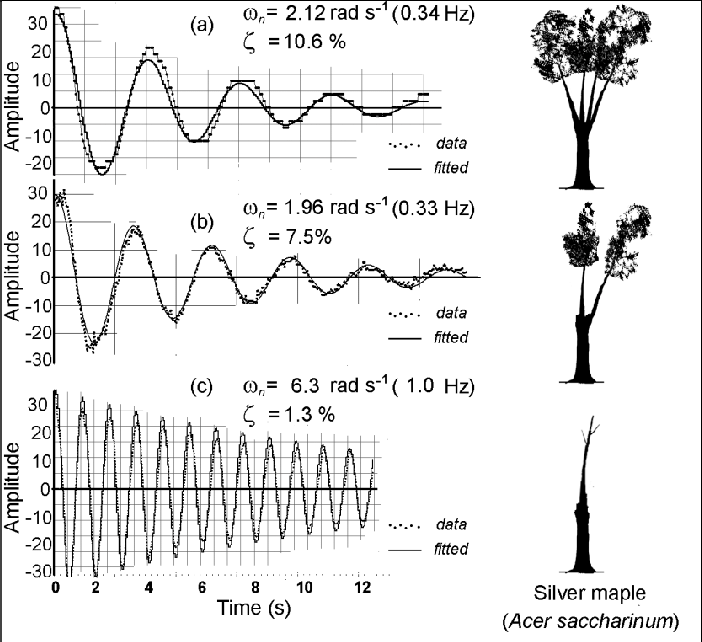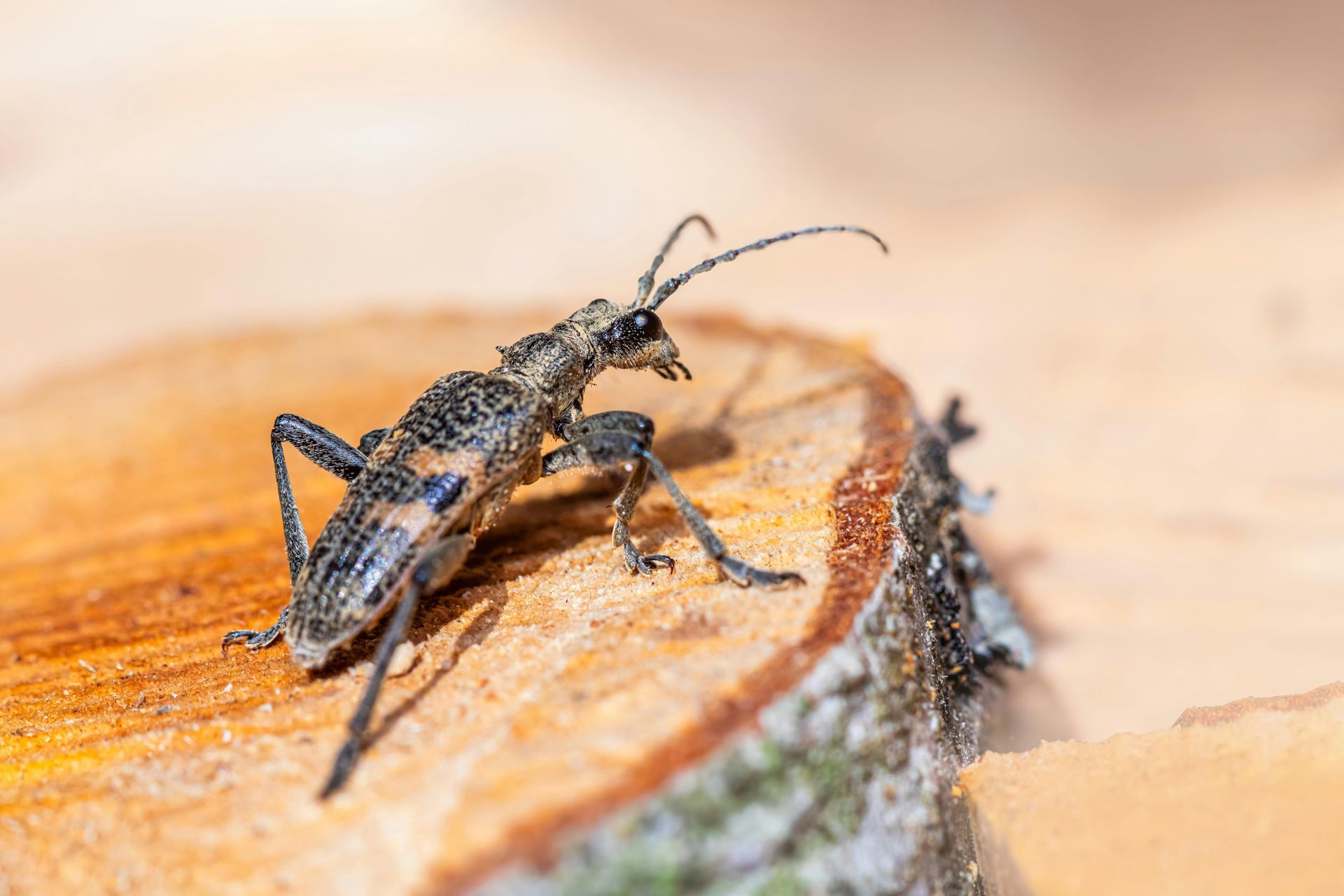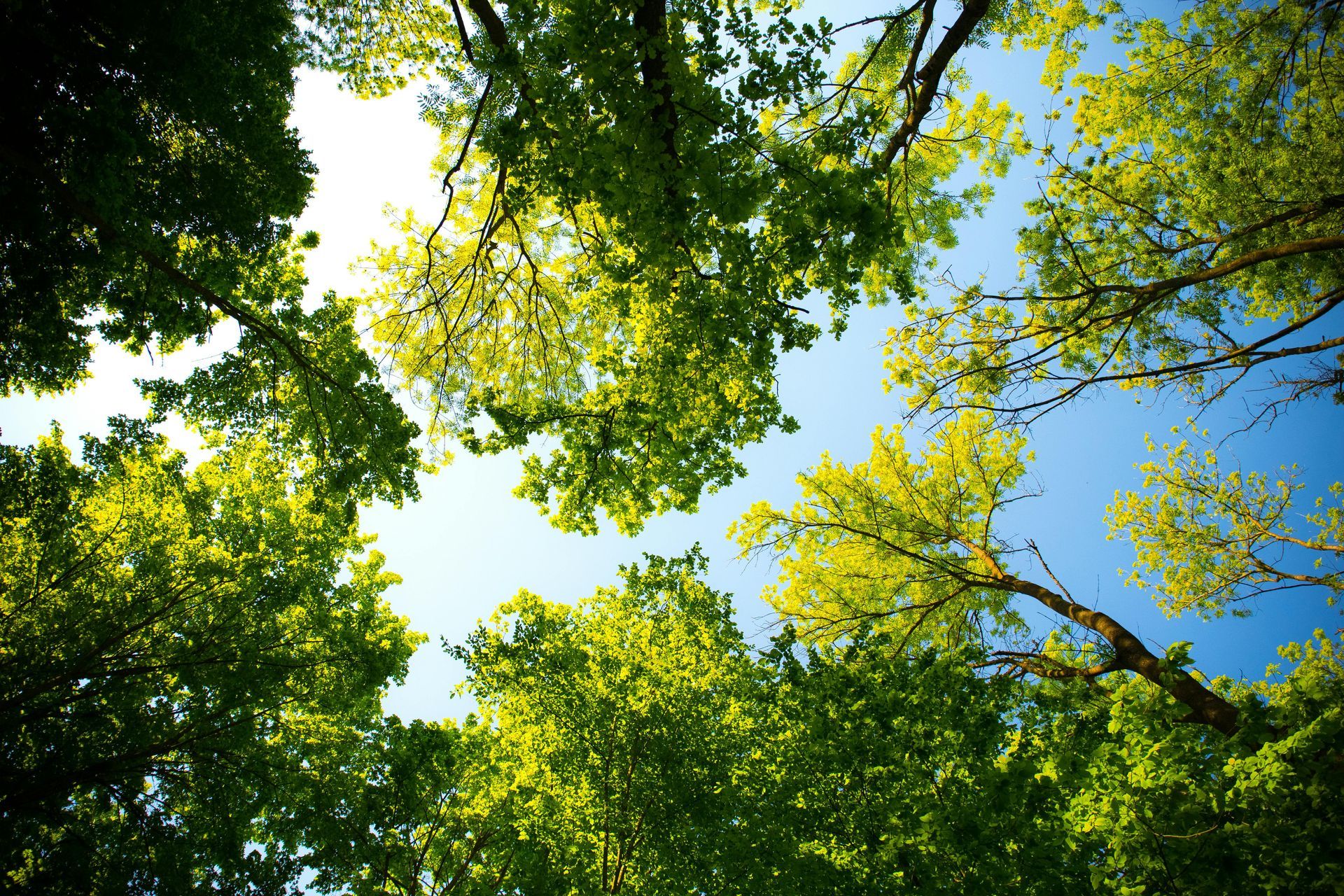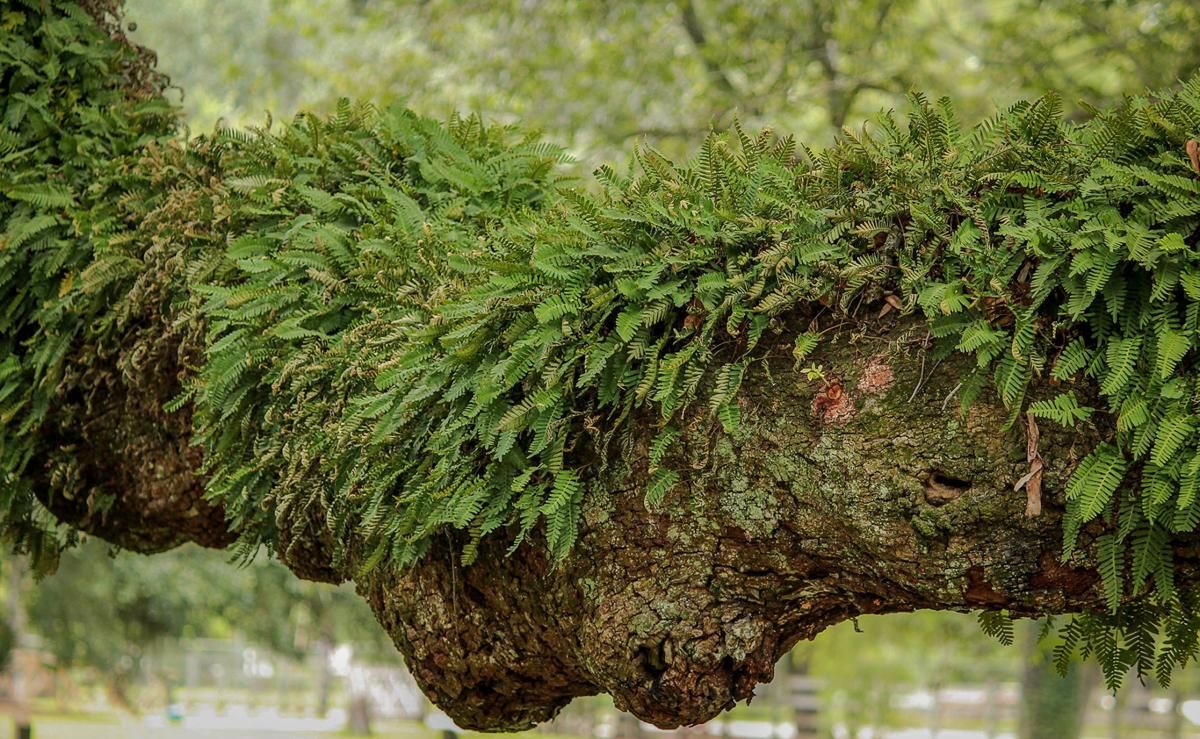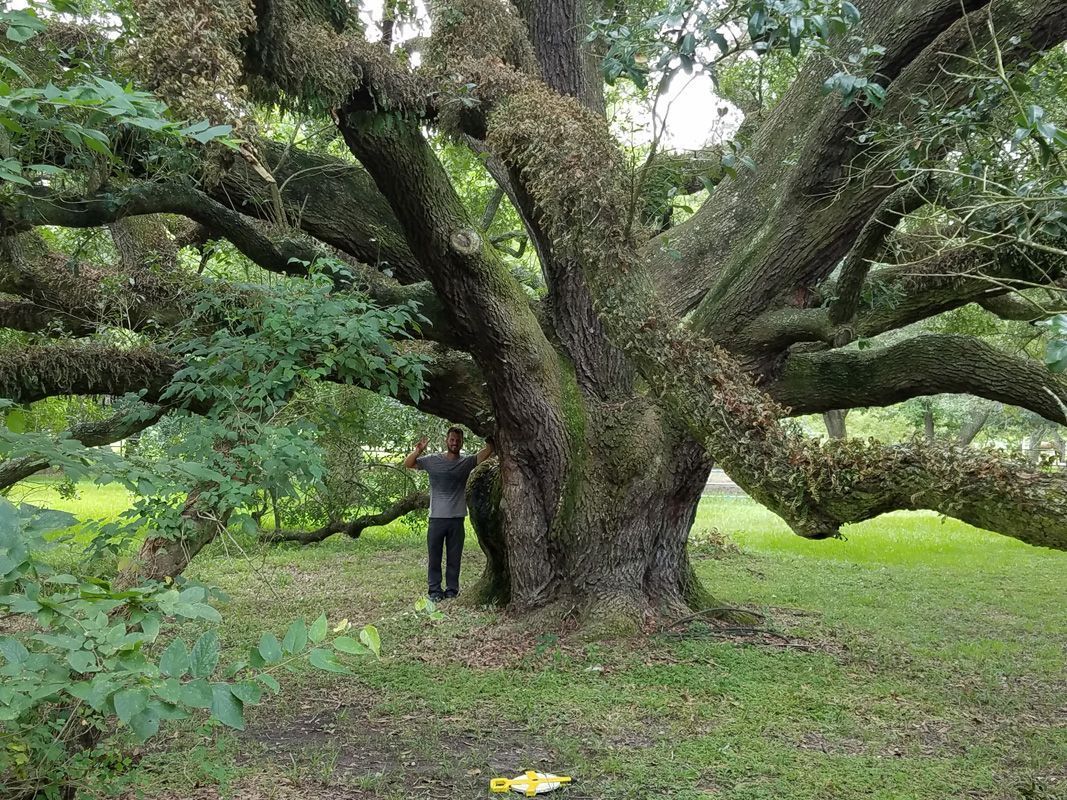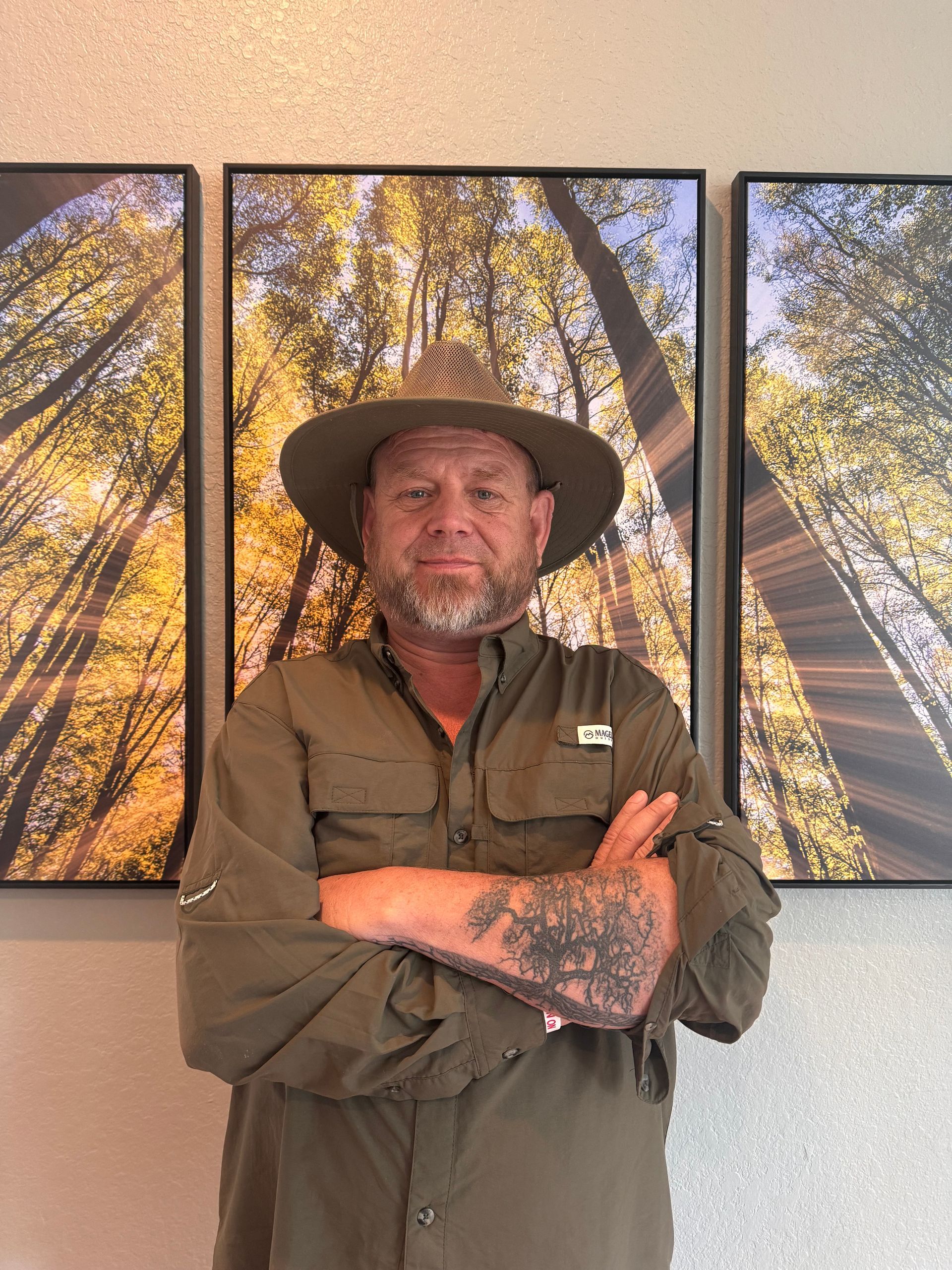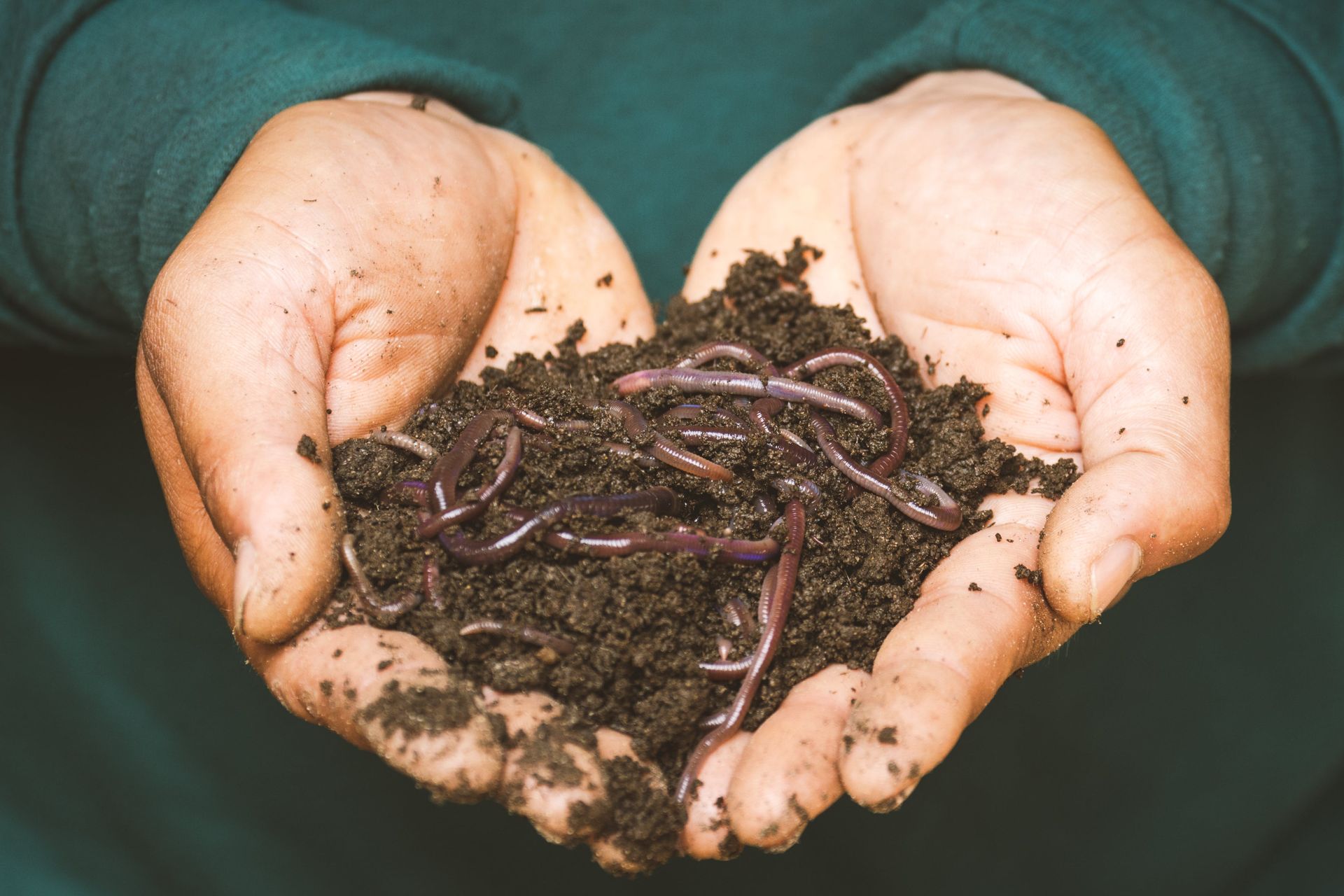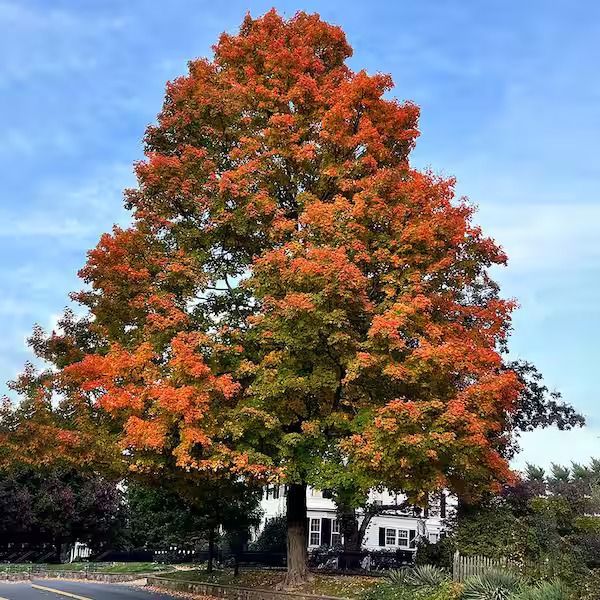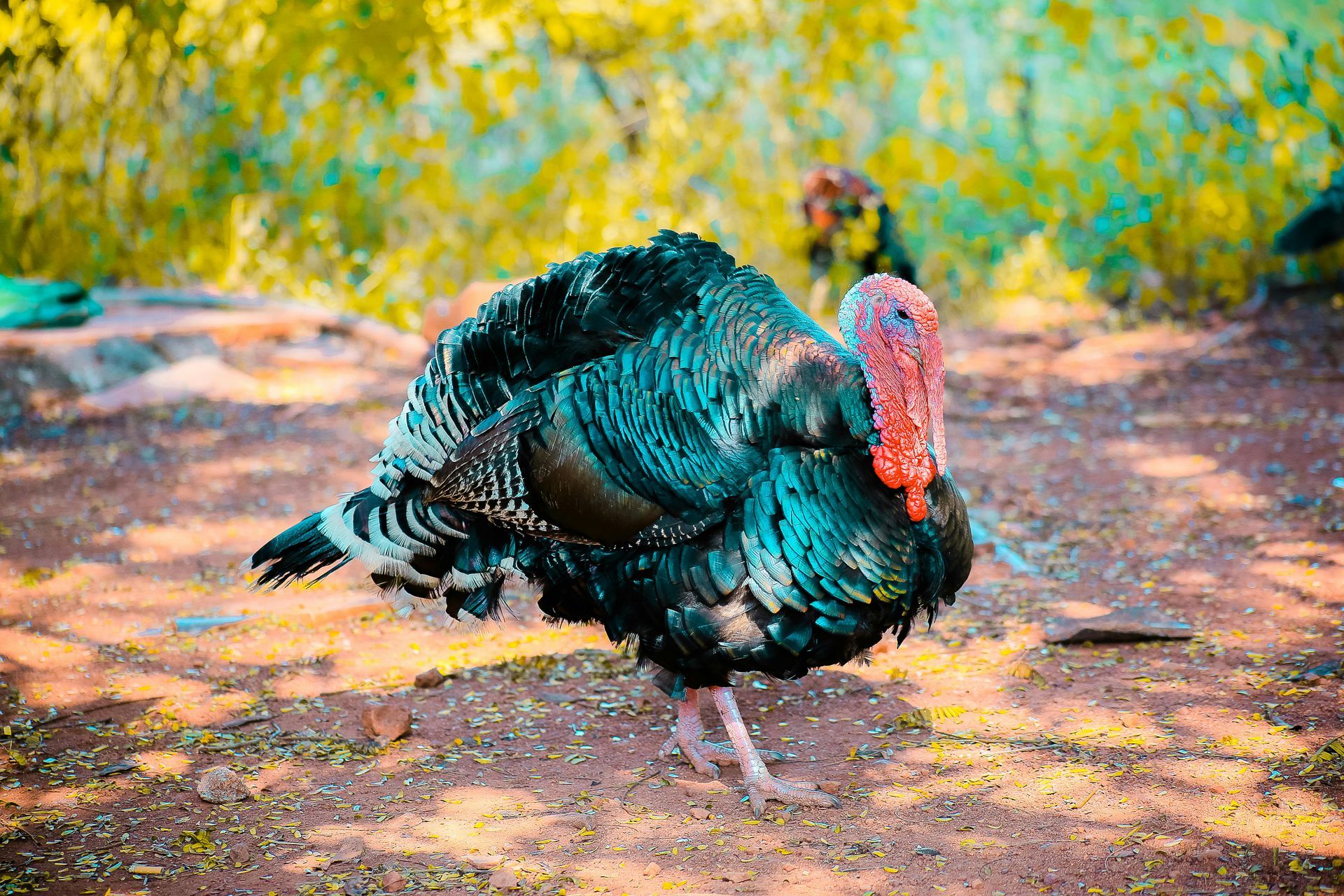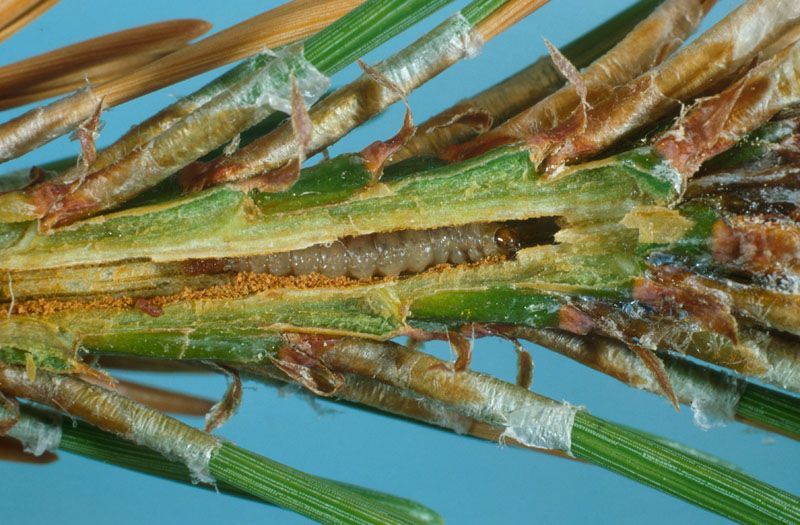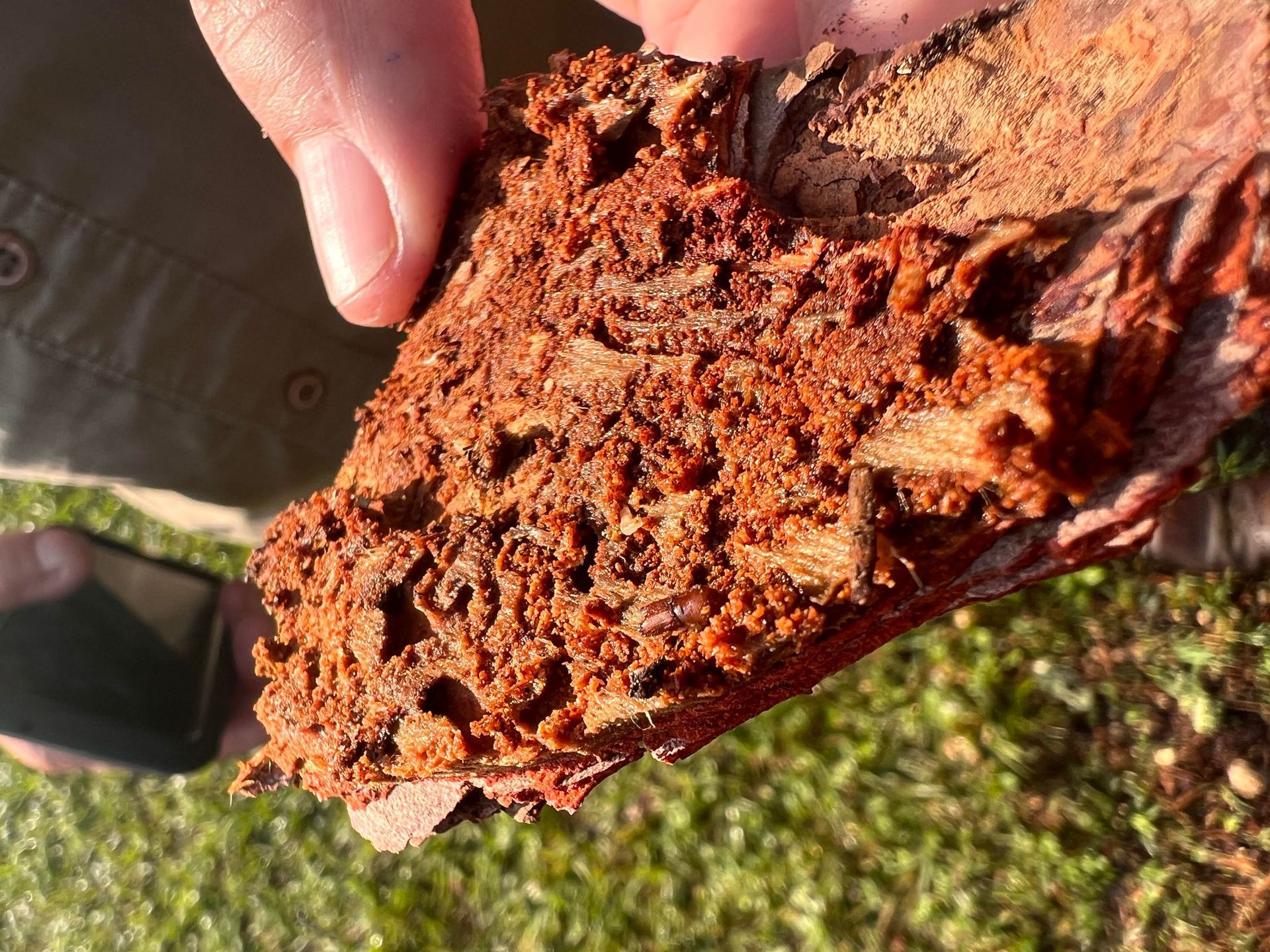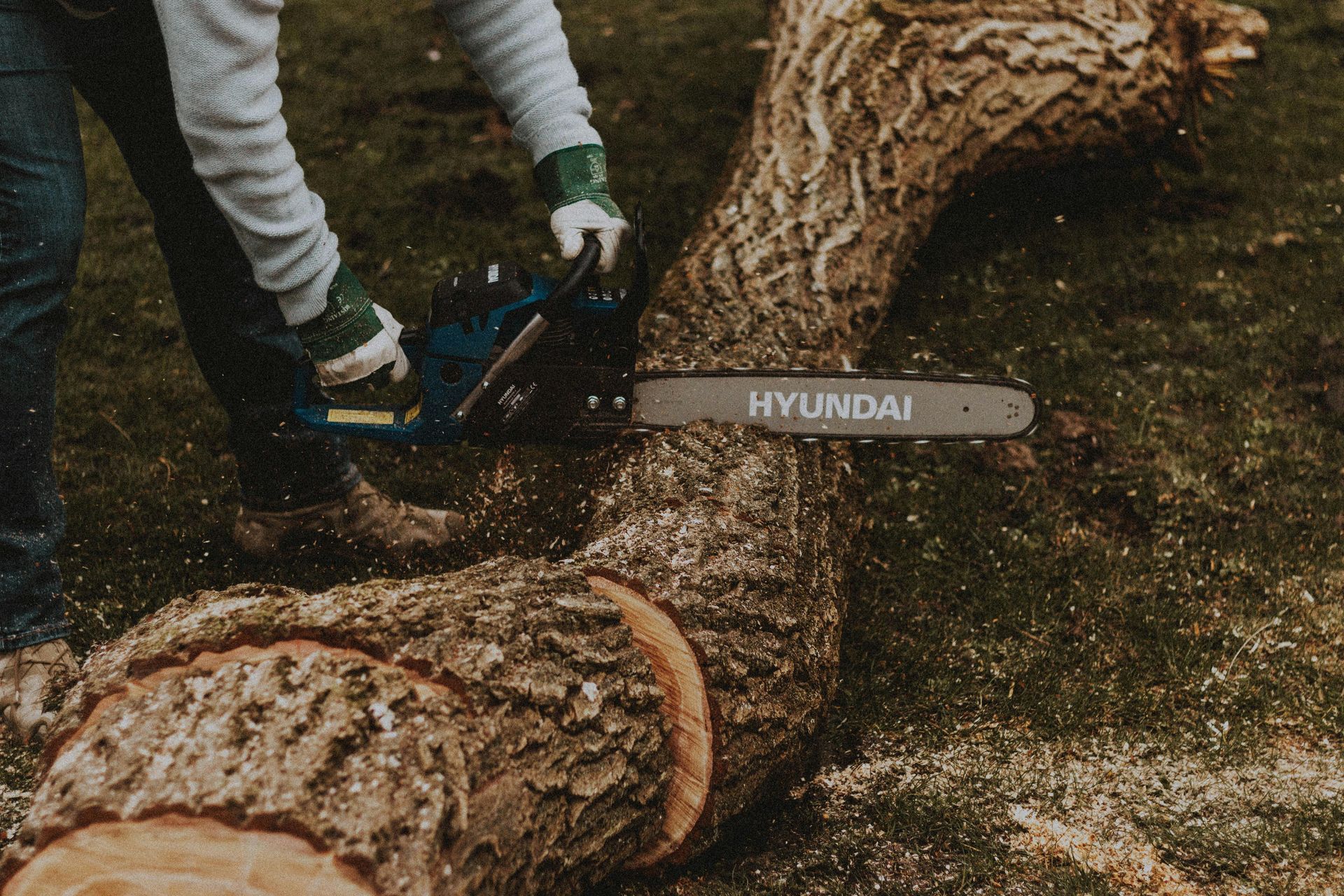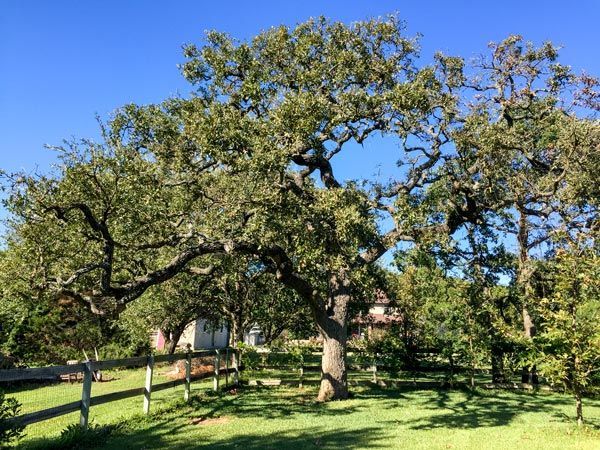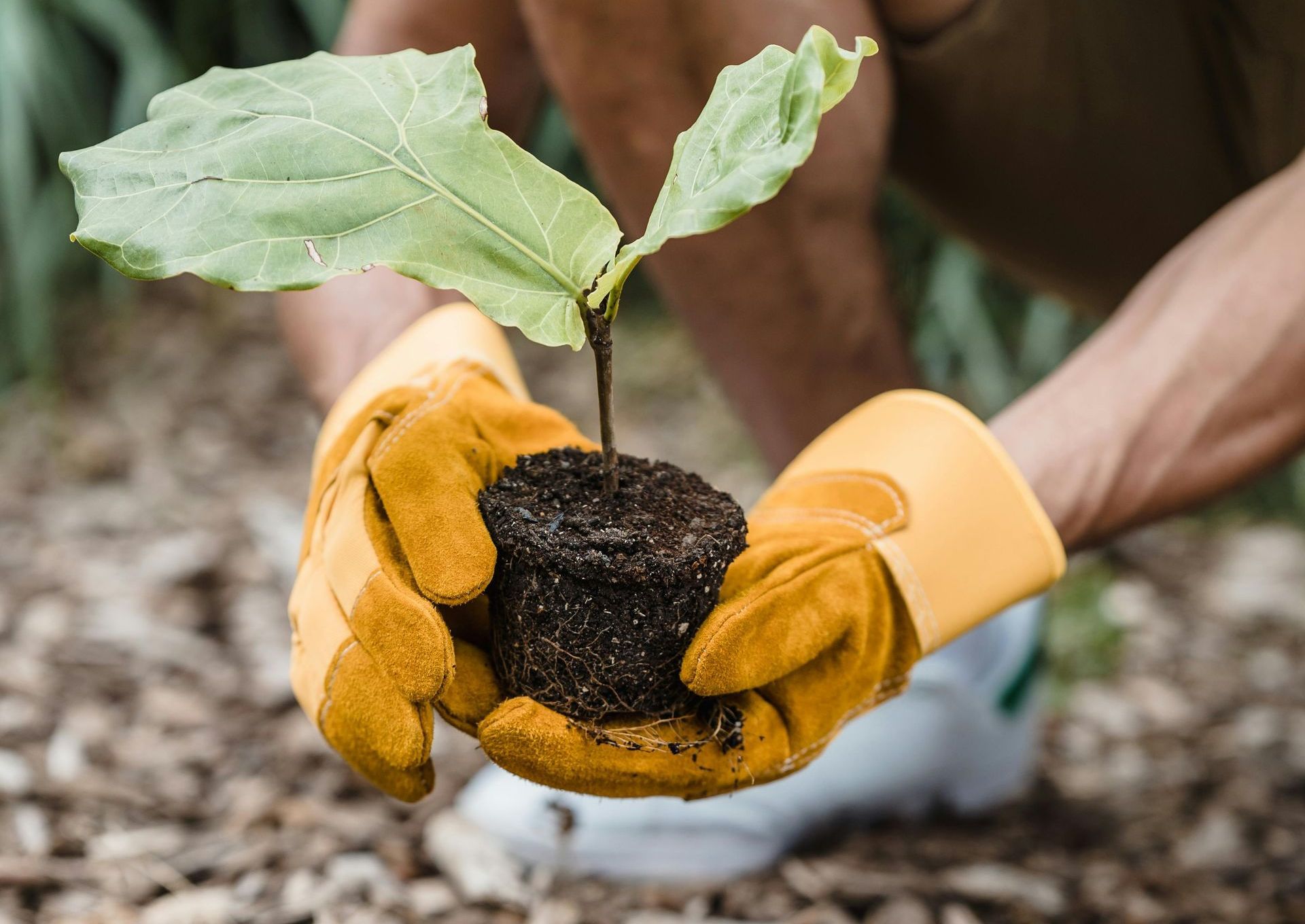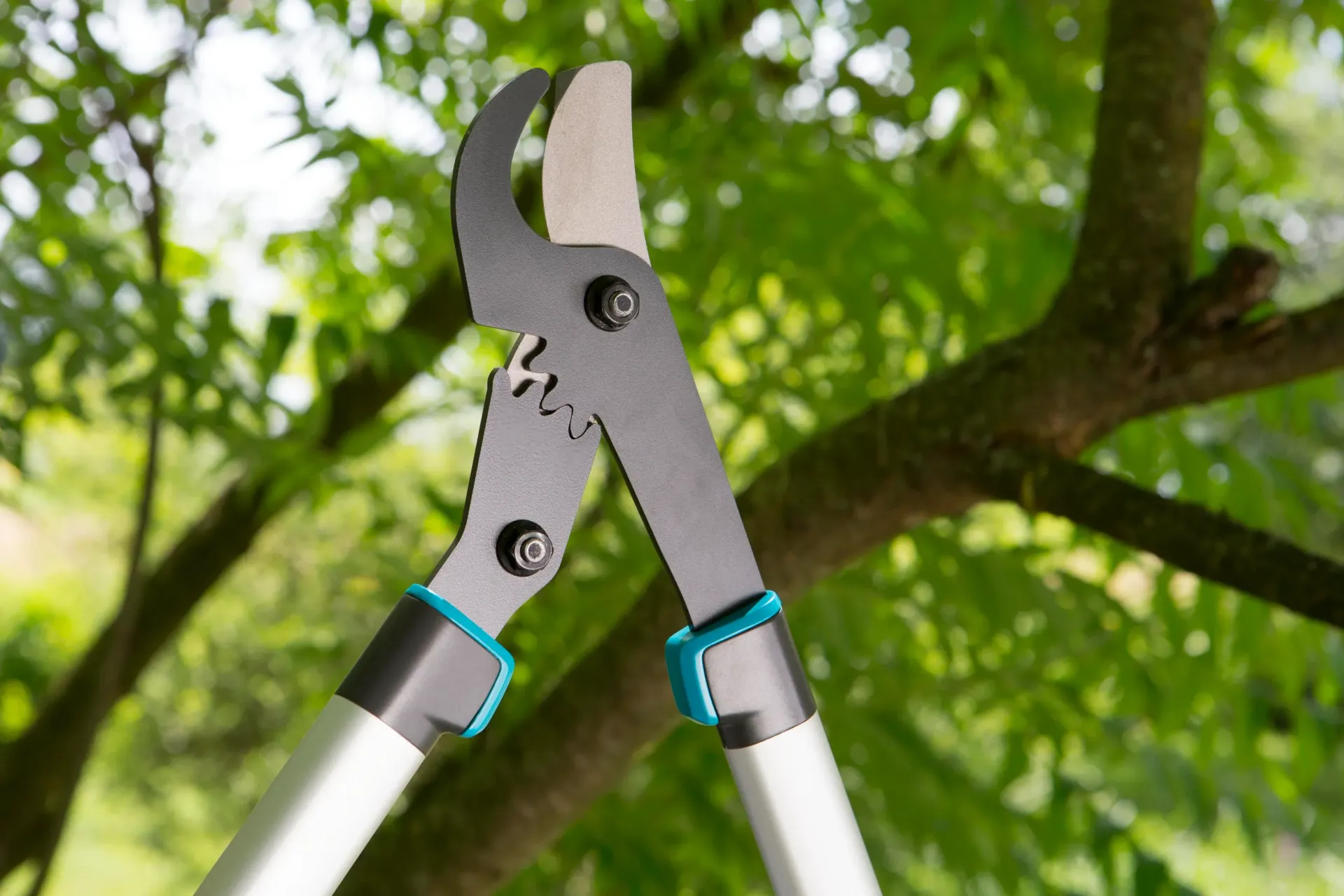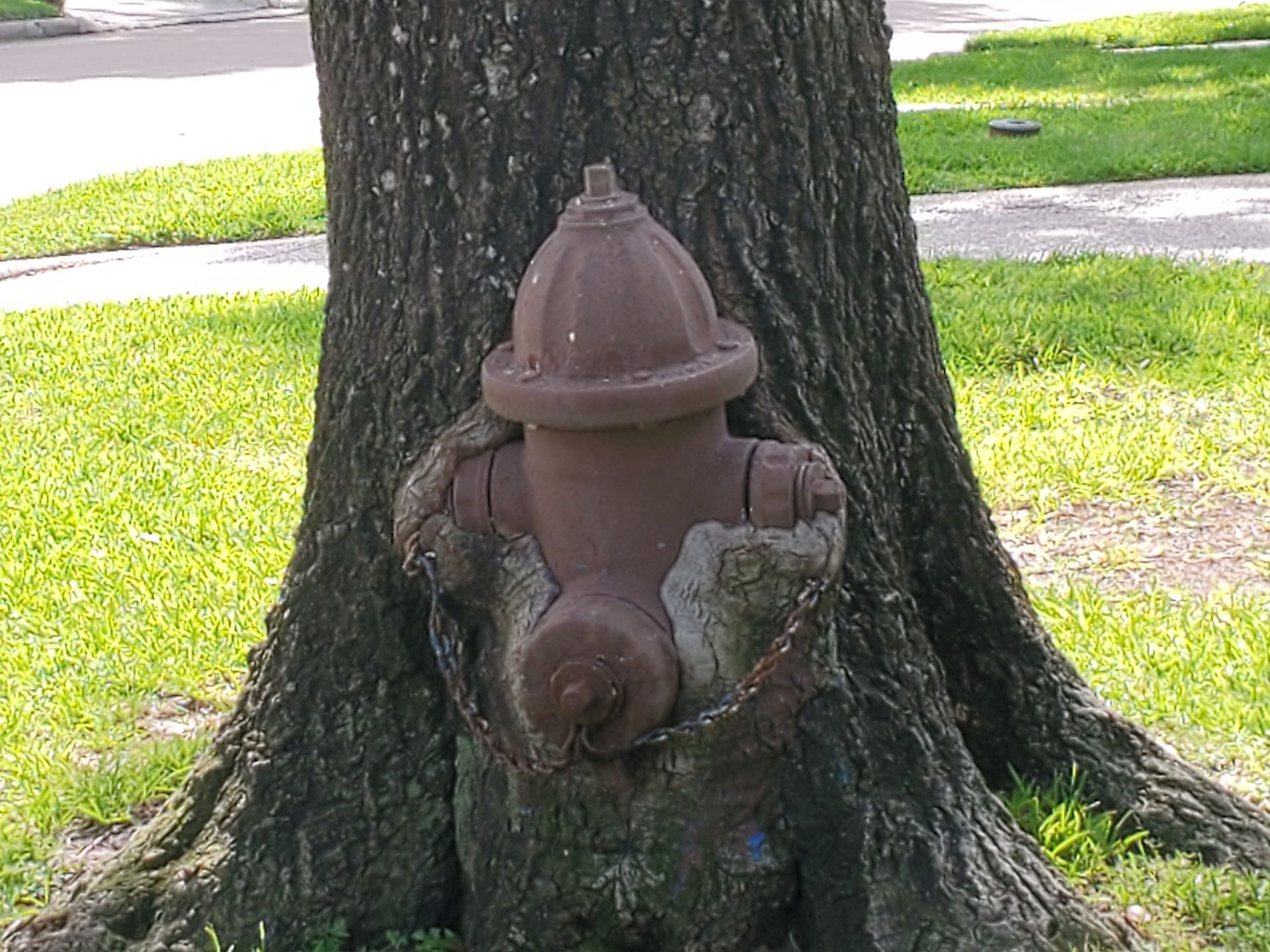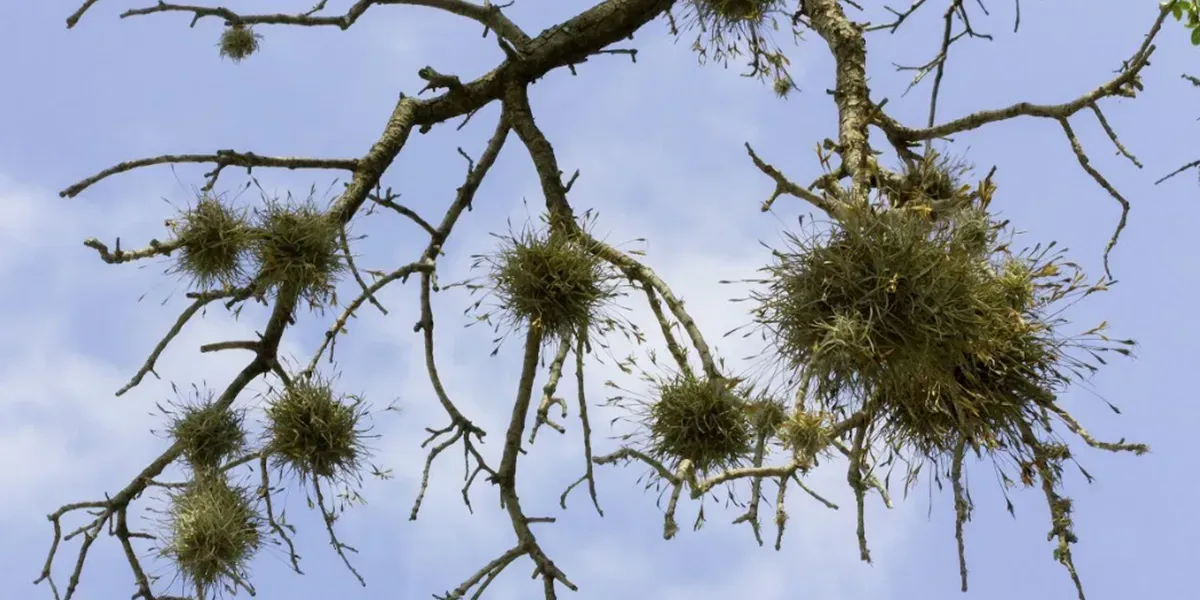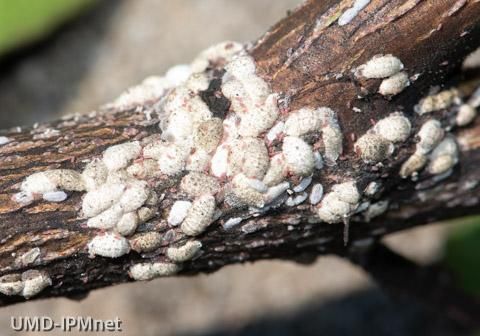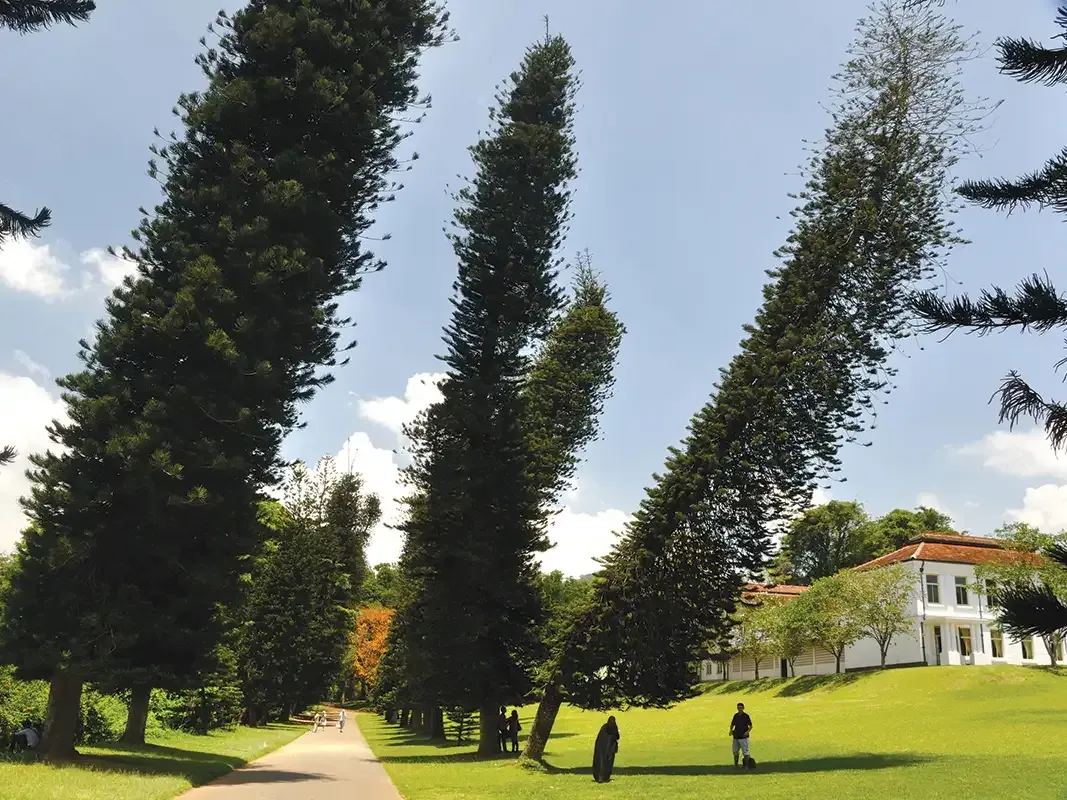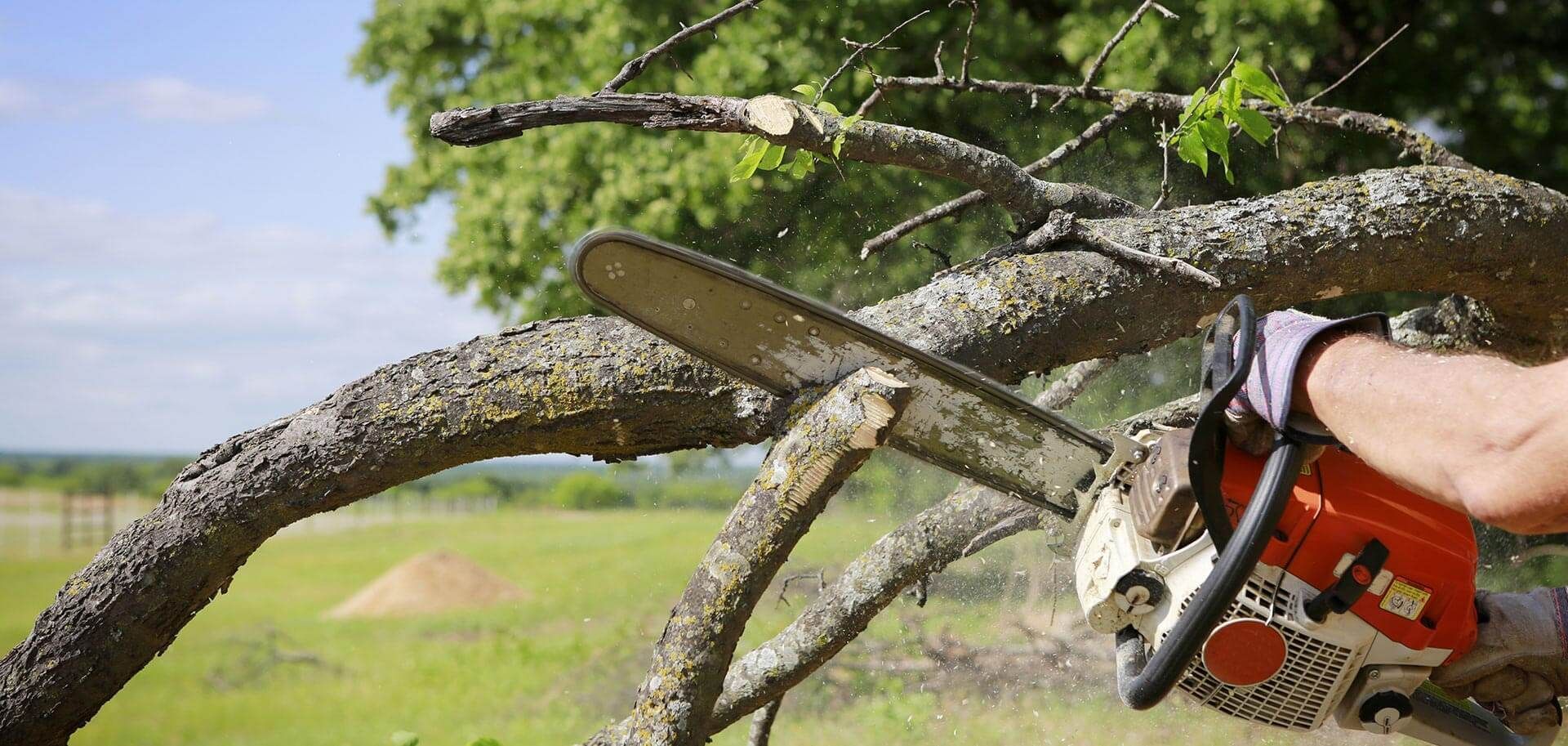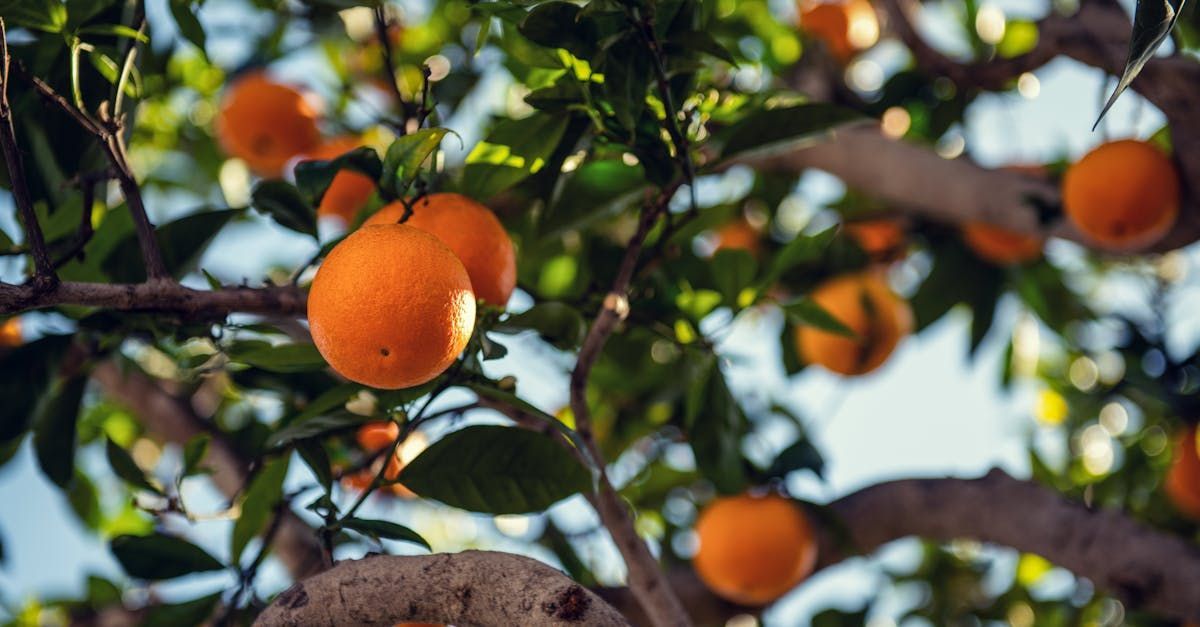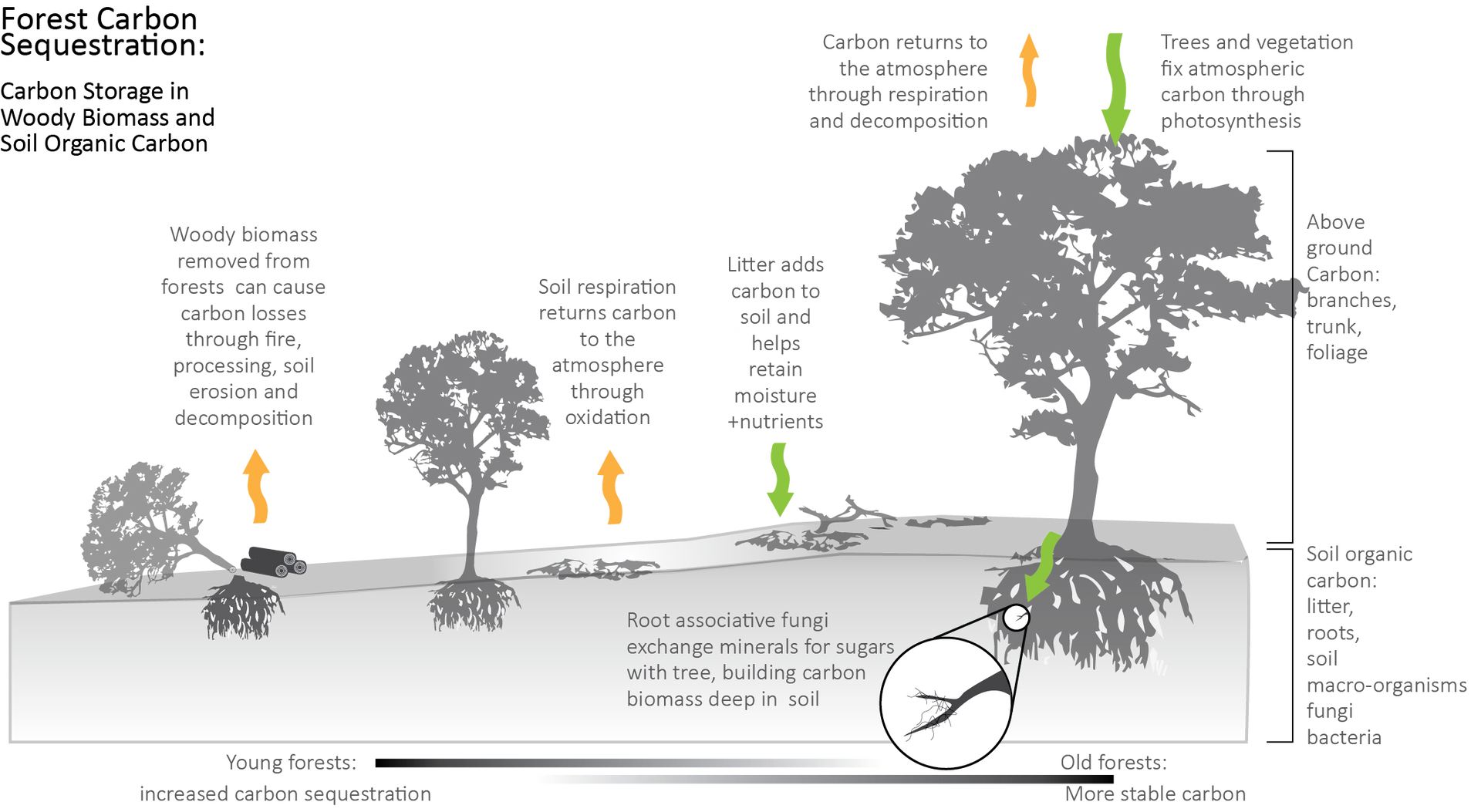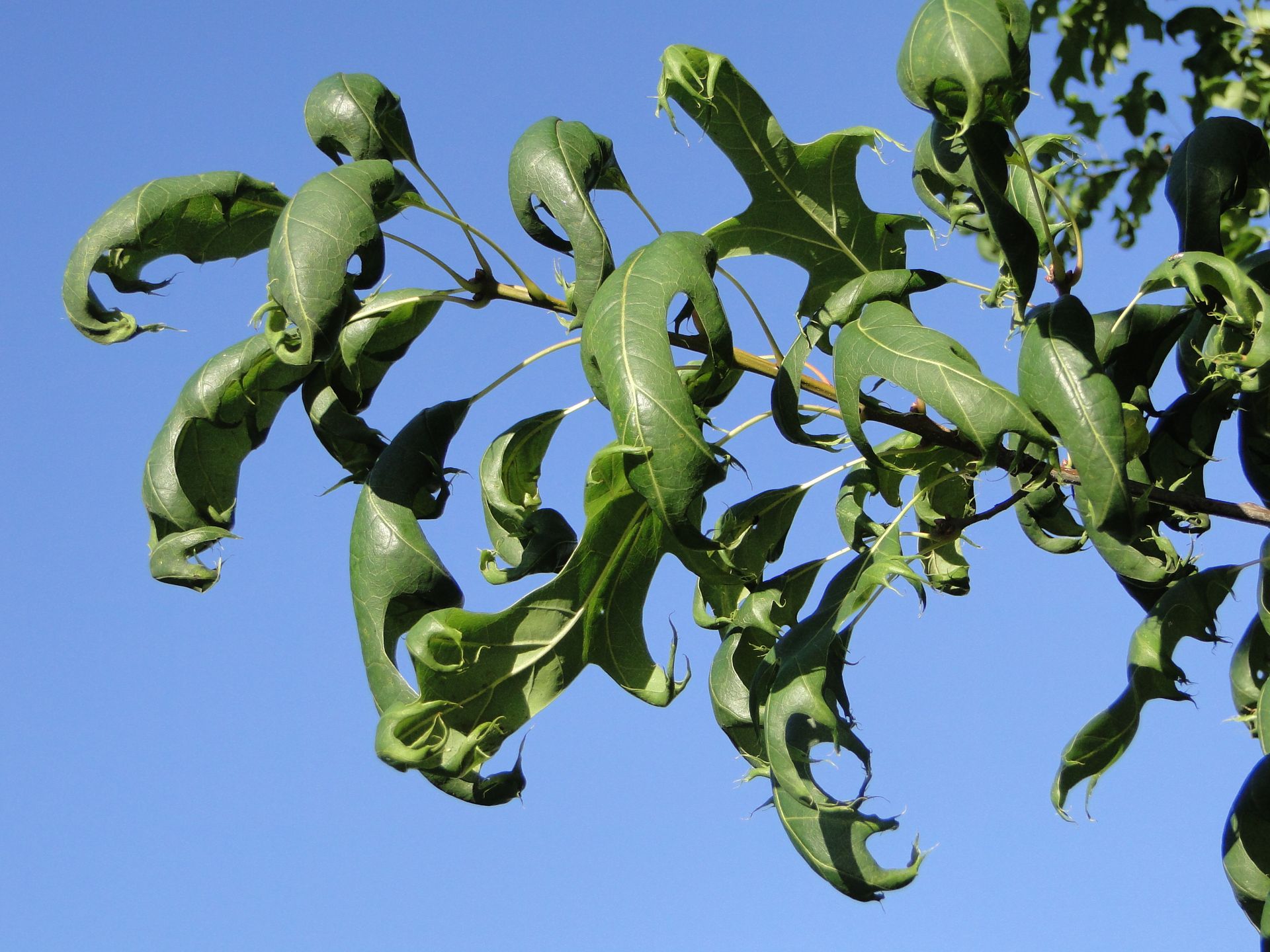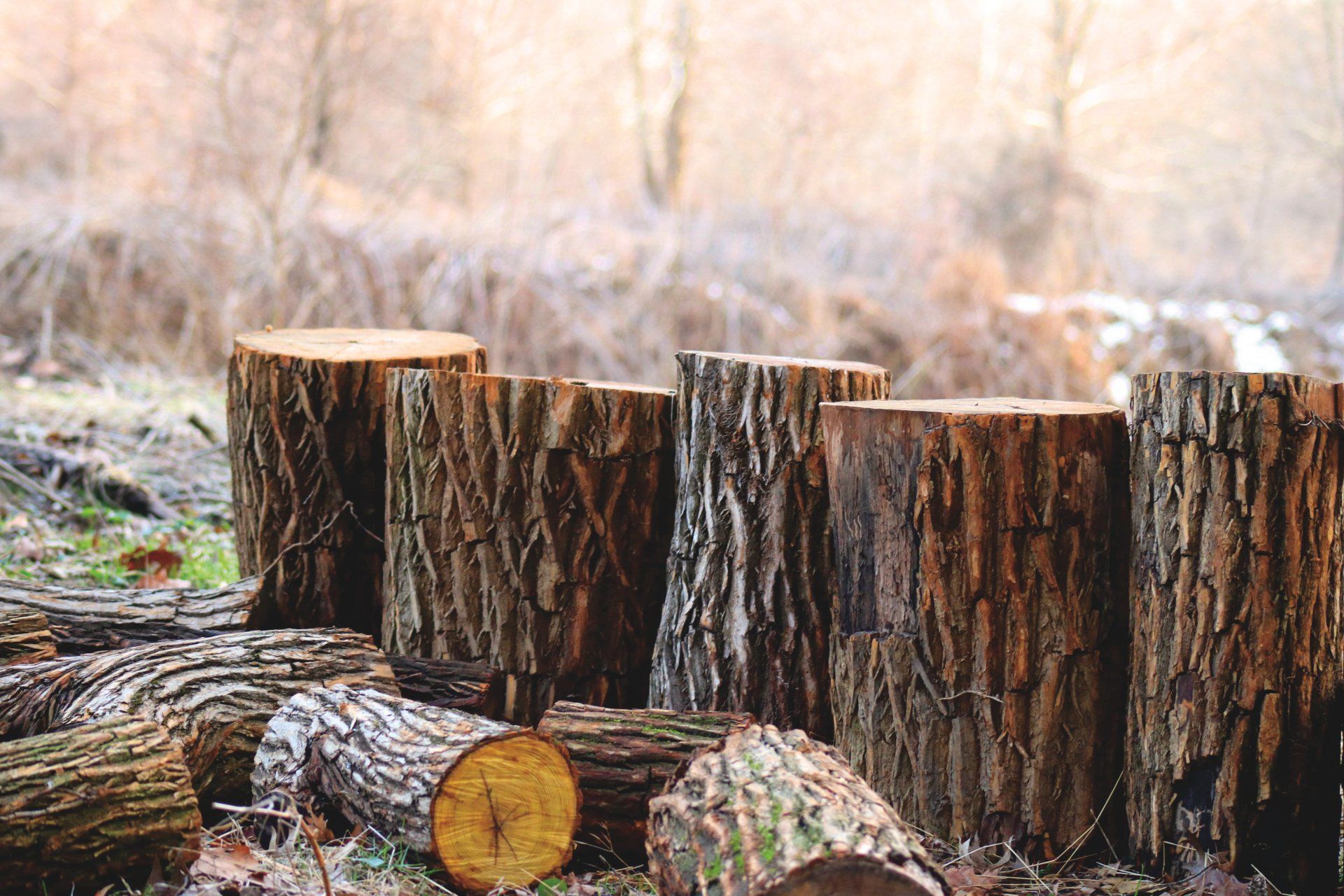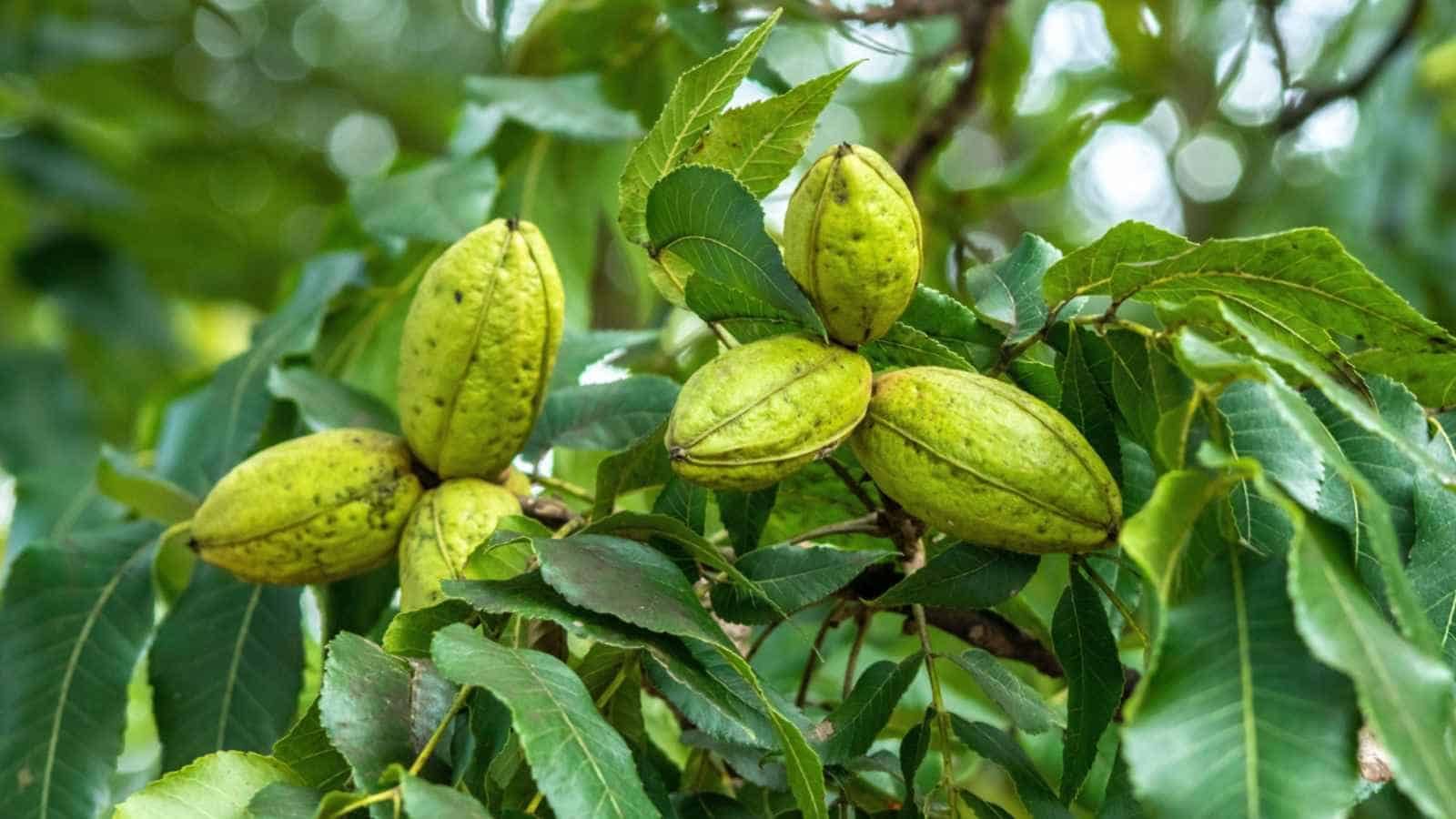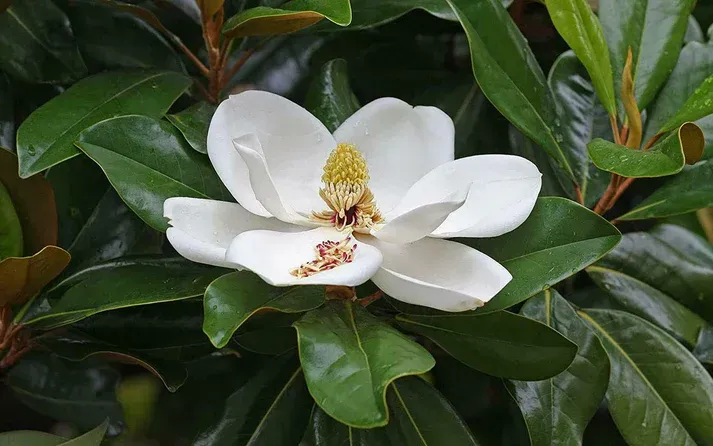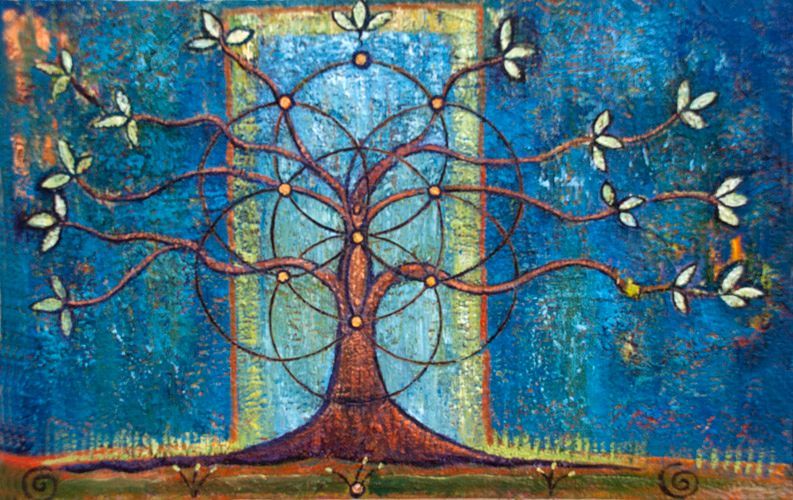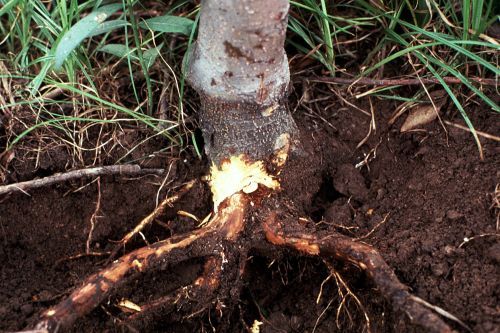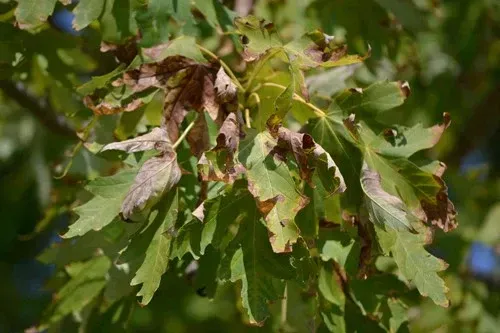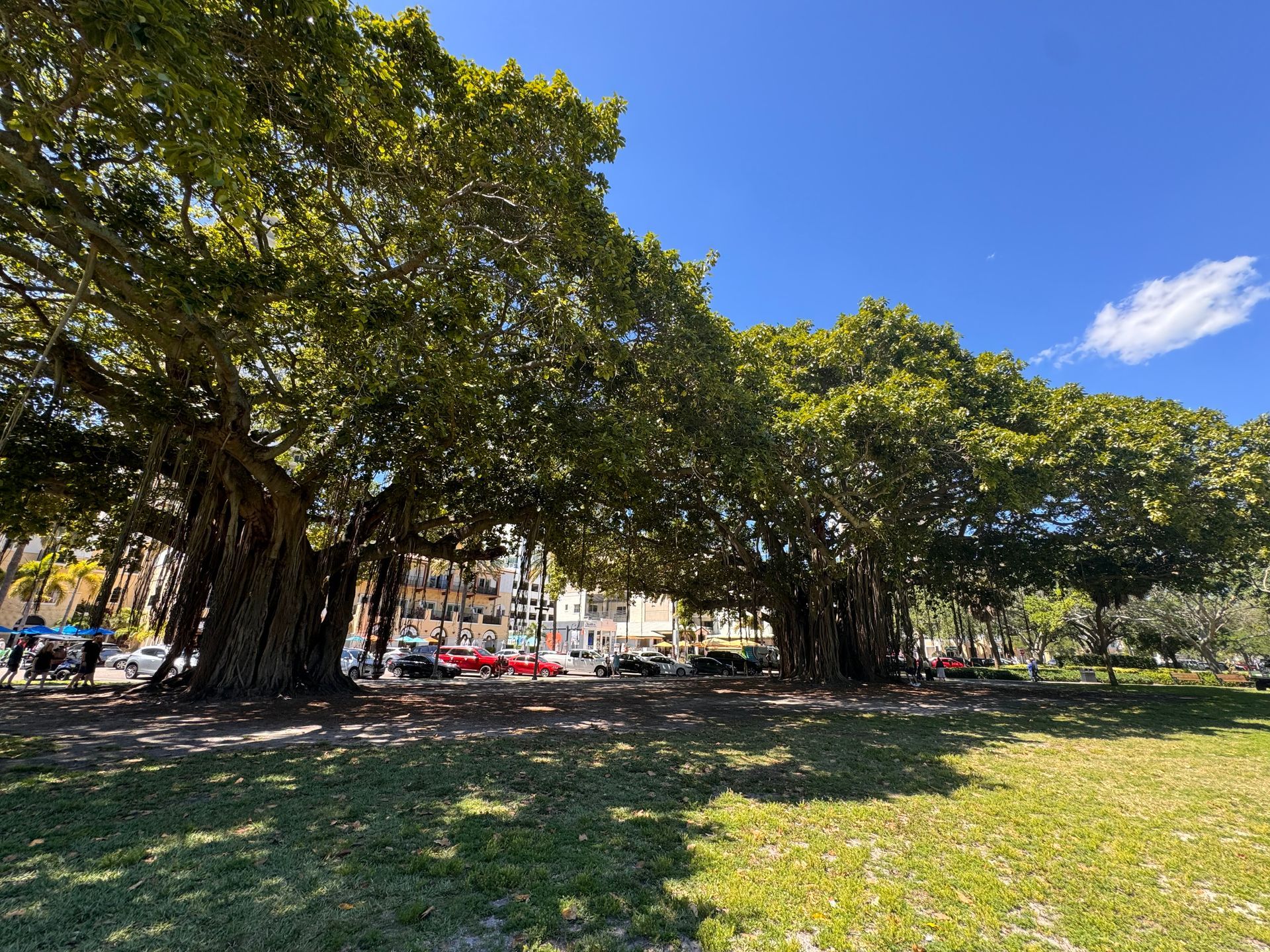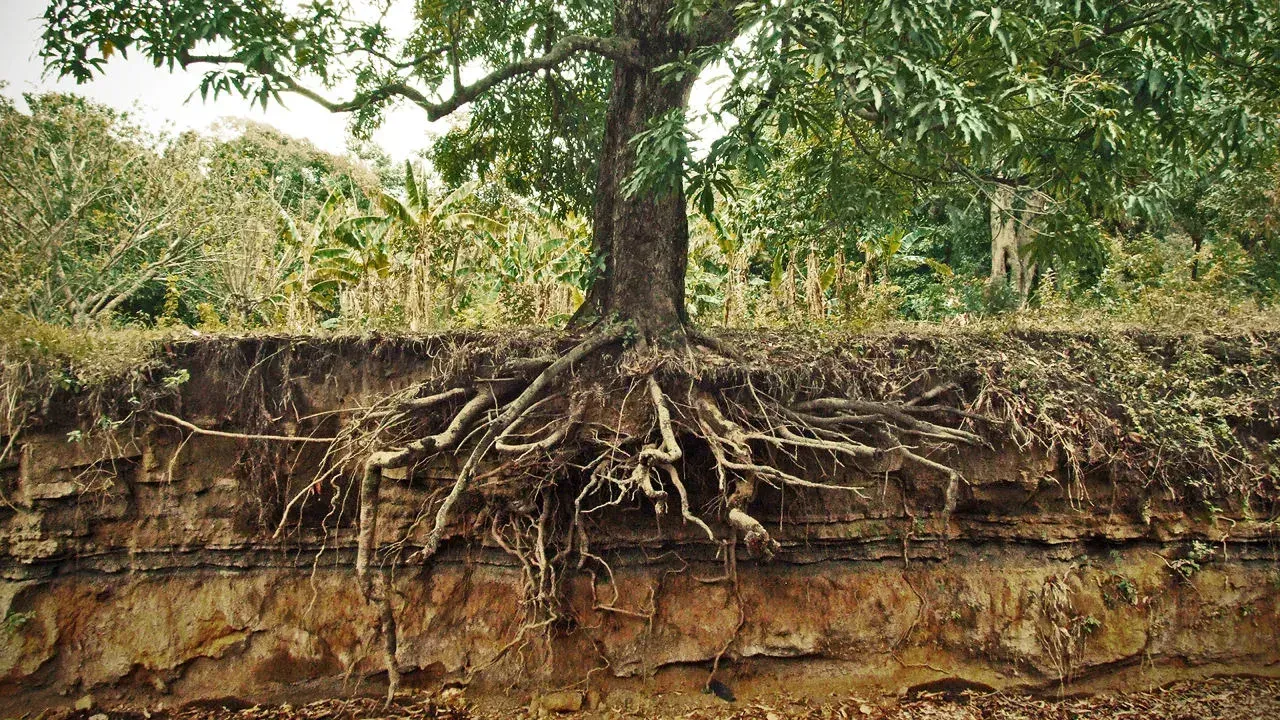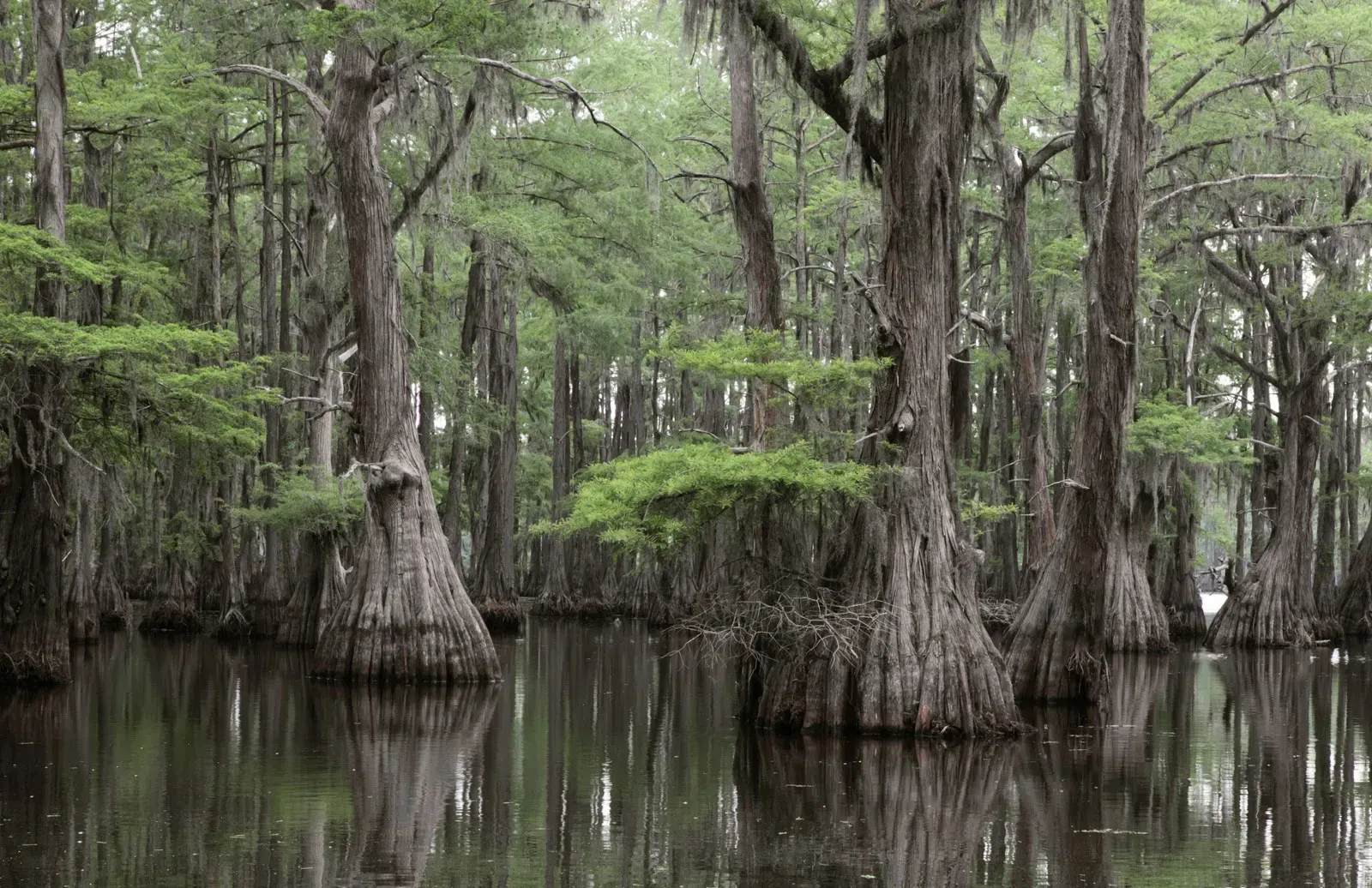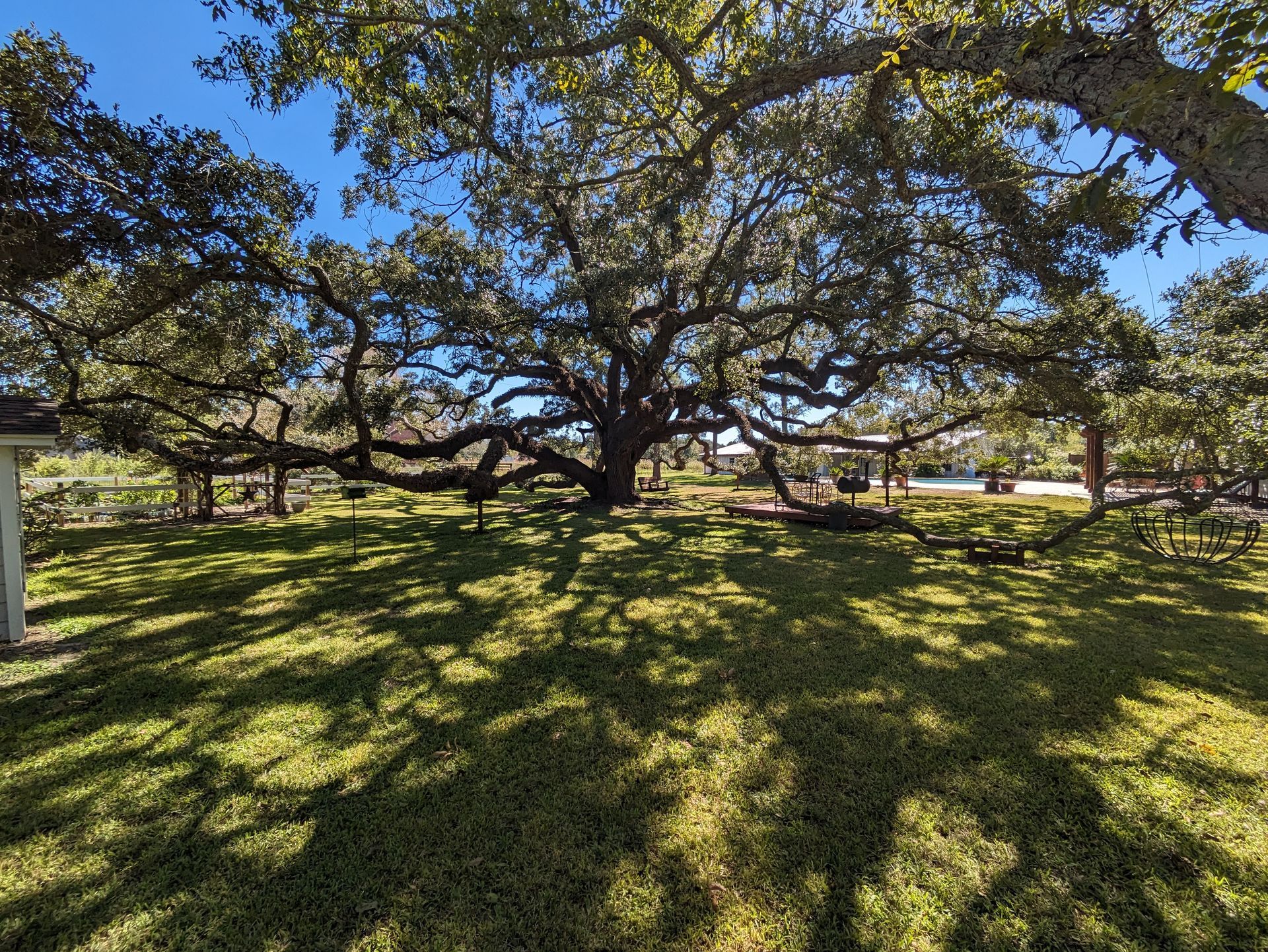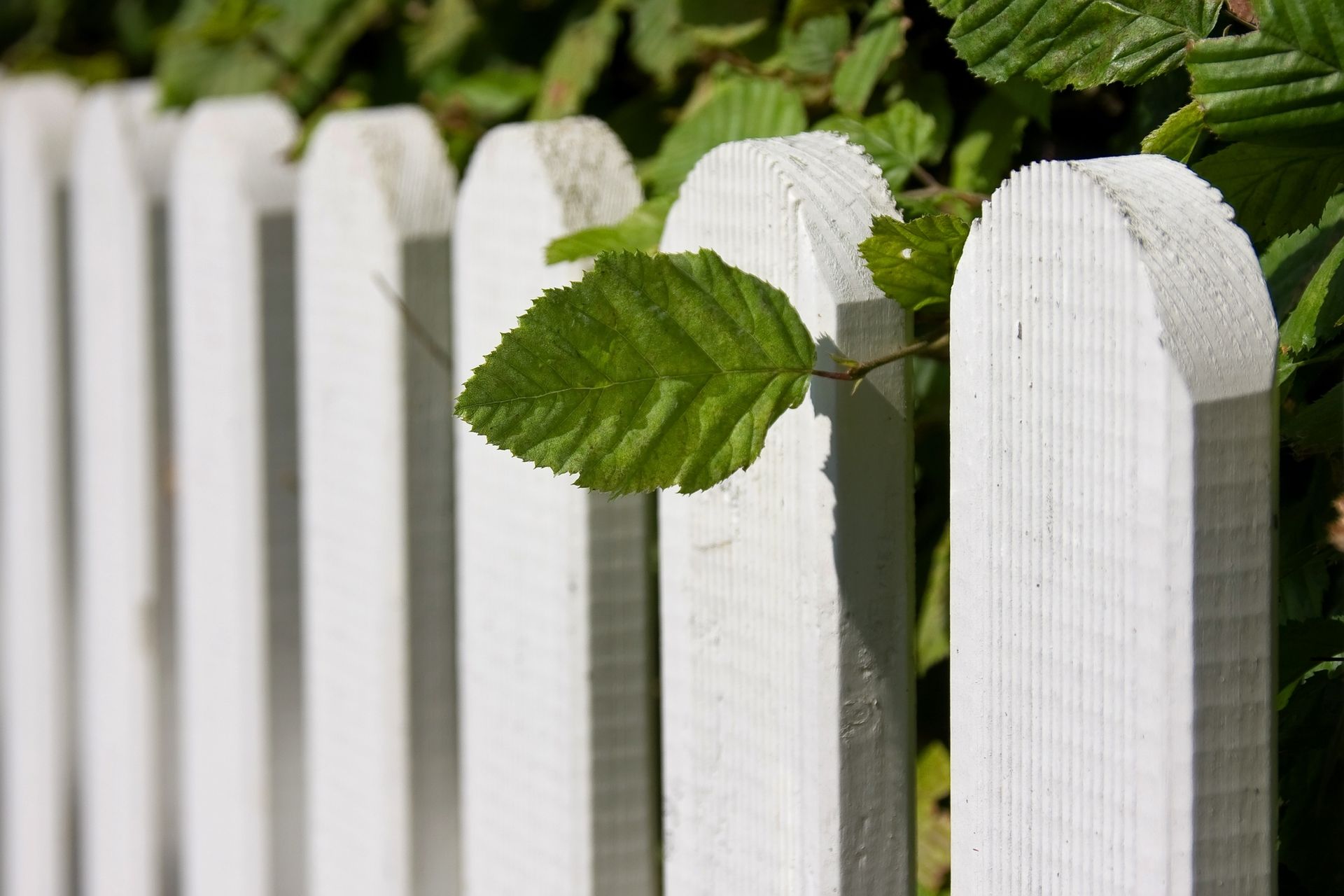Liriope’s Muse: Tree Care Tips from a Master Arborist
TRUSTED TREE CARE SERVICES SINCE 1970
Liriope’s Muse Myths: Storm pruning is beneficial and necessary for your trees for survivability during this hurricane season.
Much like humans, trees have a natural balance called mass damping. When this balance is disrupted it can weaken the structure of the tree and can stress it out. Imagine having a foot or even one of your arms chopped off and see how well you do in a storm. You’d have to relearn how to balance yourself and the chances are you may fall or break another “limb” in the process.
Storm pruning is a popular technique used by many arborists; however, it can be detrimental to the structural integrity and health of the tree. When you remove large structural limbs it interferes with the trees natural process of balancing called mass damping. Mass damping is the harmonic absorption and distribution of force in a tree to reduce the sway of the trunk. (Whether it be from natural forces like earthquakes and weather or unnatural forces like a car crashing into it)
Branches on trees act as coupled masses and in winds develop the mass damping effect which helps distribute, reduce, and dissipate the wind energy. So the mass of each branch directly contributes to the dynamic damping of the tree, removing even one branch can disrupt this rhythm changing the way the tree reacts to forces. This practice of over pruning inflicts stress onto parts of the tree that are unused to the pressure causing structural damage and limb loss. (i.e. otherwise healthy branches breaking out of the tree in seemingly nice weather)
In nature trees are left alone and are naturally adapted to face storms, however current methods of managing urban trees, such as pruning and assessing mechanical strength, are mainly based on visual assessment or the previous experience of people such as trained arborists. In other words old practices, not backed by science, are passed on from one person in the industry to another. This coupled with strict HOA regulations without the tree’s health in mind, are the reason for the weakness of urban trees. They are not allowed to grow naturally as they are constantly pruned leading to structural instability and watershoots. So the storm pruning practice is just adding insult to injury for the already stressed trees by disrupting their mass damping rhythm and further weakening their overall structural stability.
When trees are over pruned they are forced to adapt to the new force loads that they are experiencing by growing new limbs in replacement of the old ones to distribute and relieve the stress. However these limbs do not grow back as strong and large as the previous ones, rather they grow back thinner and weaker. Imagine this like a river, if you cut off the tributaries of a river it’ll make the river shorter and it is forced to repave smaller distributaries (or arms) this is called adaptive growth. Adaptive growth in trees can be observed in a number of ways, for example in performing a cross section of the tree's limbs you will notice larger rings on the limbs experiencing the greatest force load and thinner on the limbs that are experiencing less. Another sign of this growth is the buttressing or thickening of a trunk or limb at the base to provide localized strength to a location experiencing a high load.
To learn more about the mass damping of trees and their adaptive growth patterns I highly recommend this article: https://joa.isa-arbor.com/request.asp?JournalID=1&ArticleID=91&Type=2#:~:text=Mass%20damping%20is%20a%20term,(Abe%20and%20Fujino%201994).
That being said, there are some instances where pruning before a storm may be necessary for example if your tree has large dead or broken limbs as they can become safety hazards. It is especially risky if they are overhanging your home, driveway, or other property that can pose a direct danger to you. In this case, it would be like shaving your hair off, a big change but not one that affects your balance.
Interestingly, civil engineers have created an equation to replicate the natural mass damping ability of trees in structures all around the world to help them withstand dangerous oscillations caused by major weather events and earthquakes. (see below)
Liriope’s Muse - Expert Tree Care Tips
